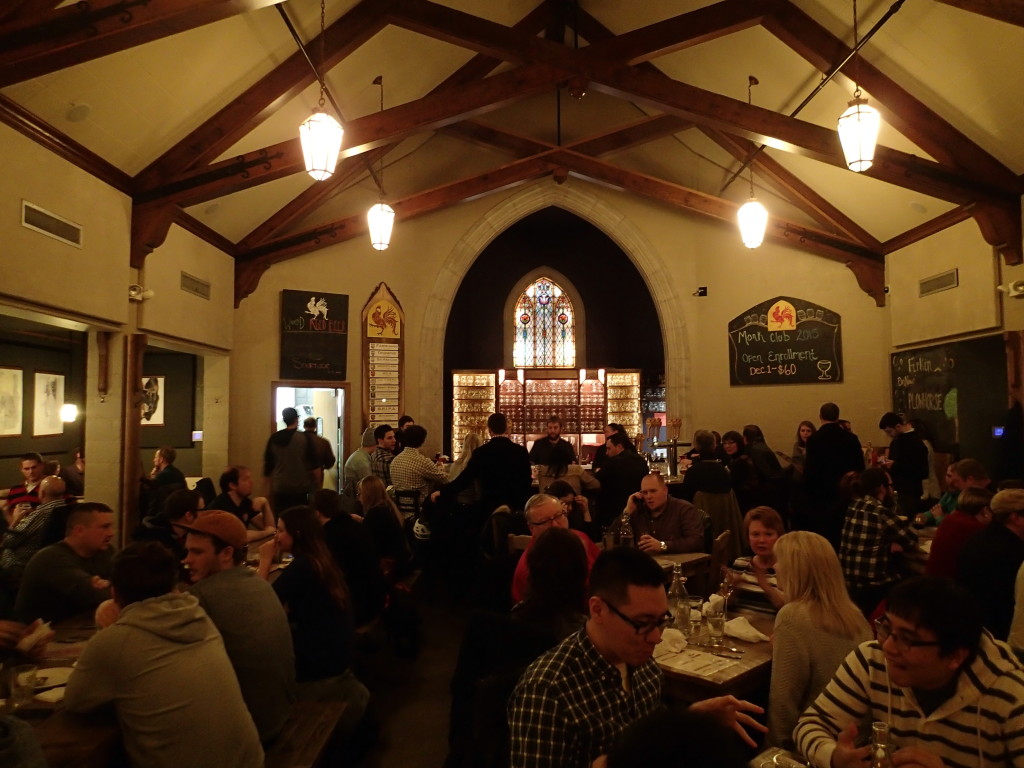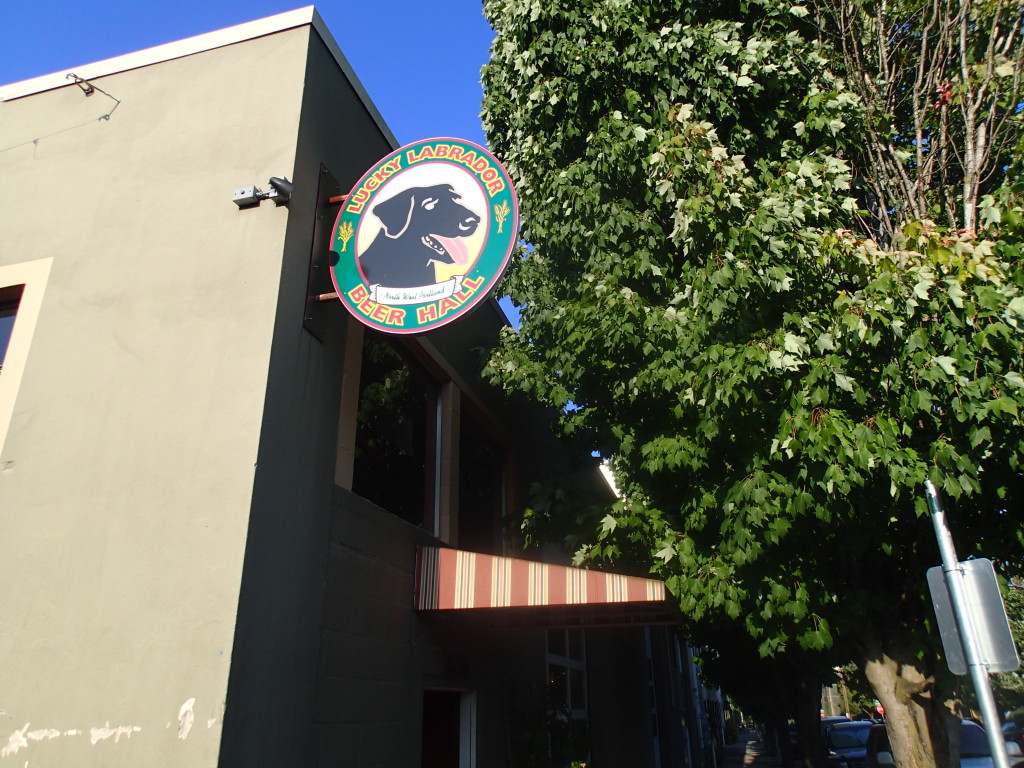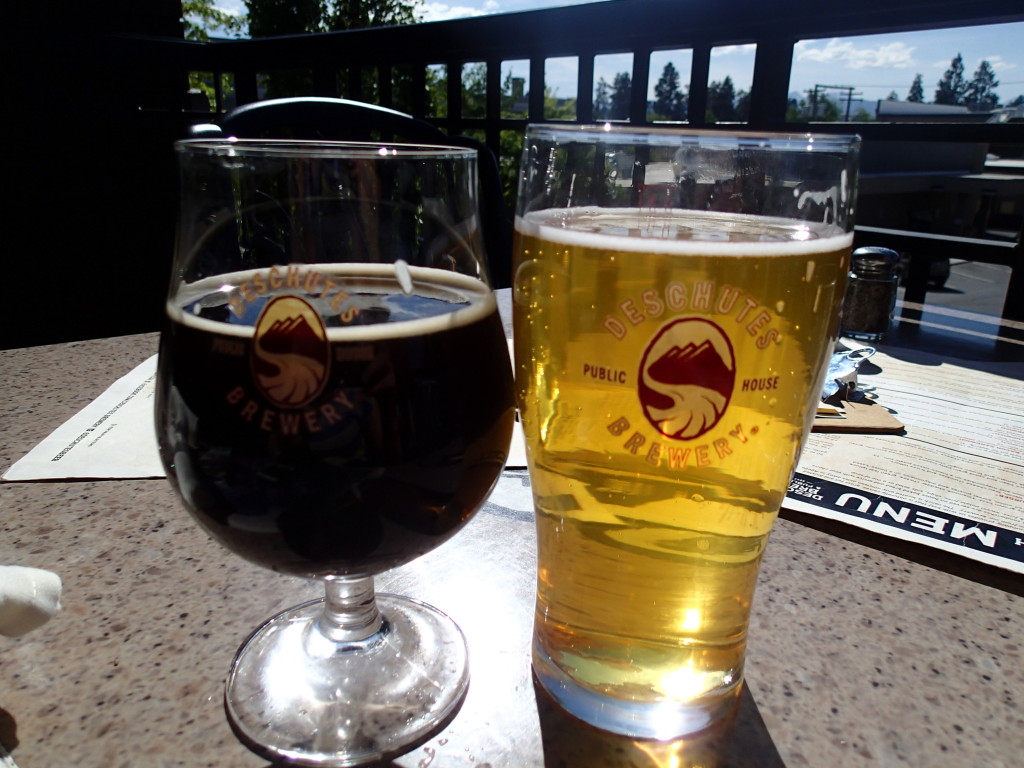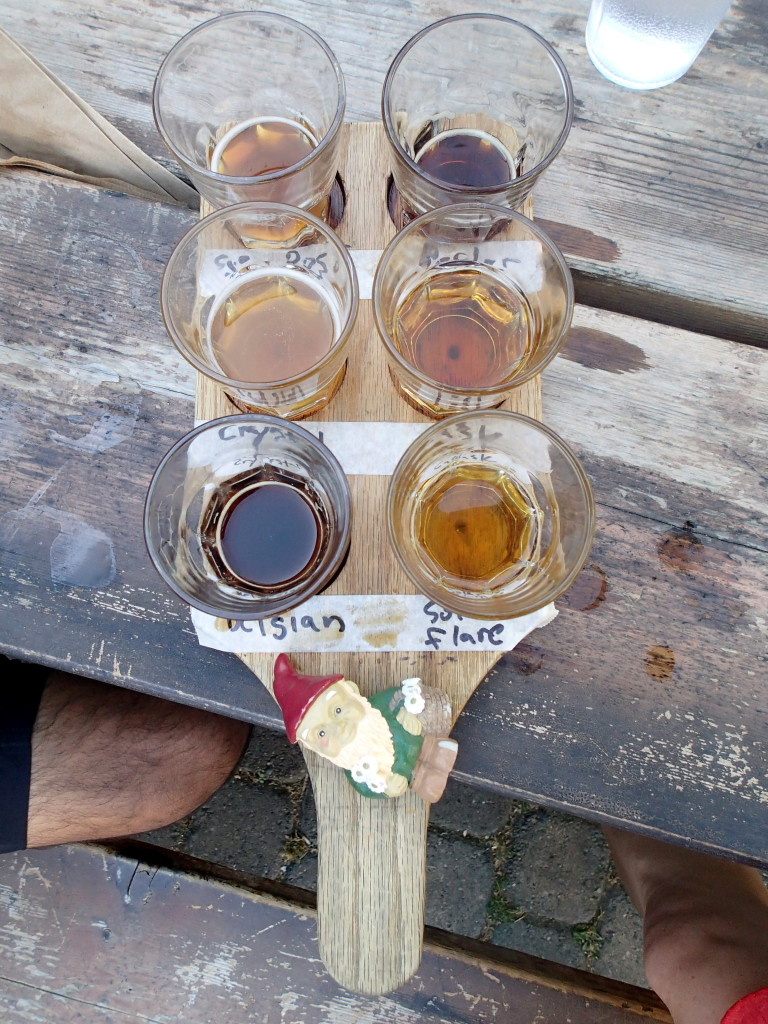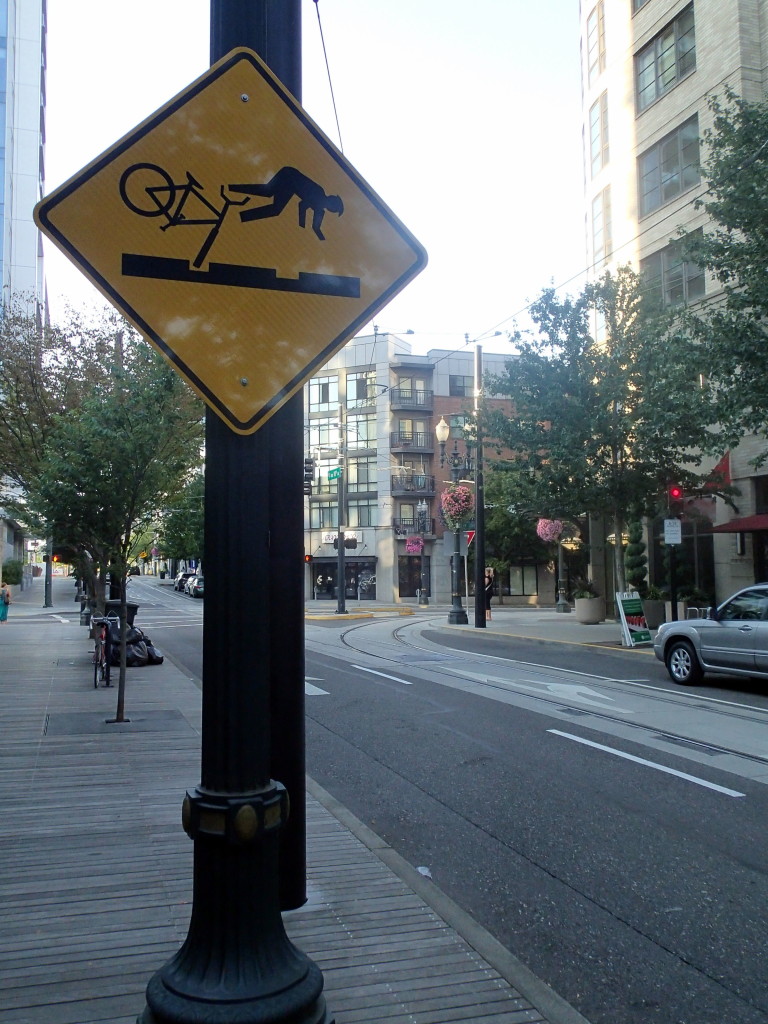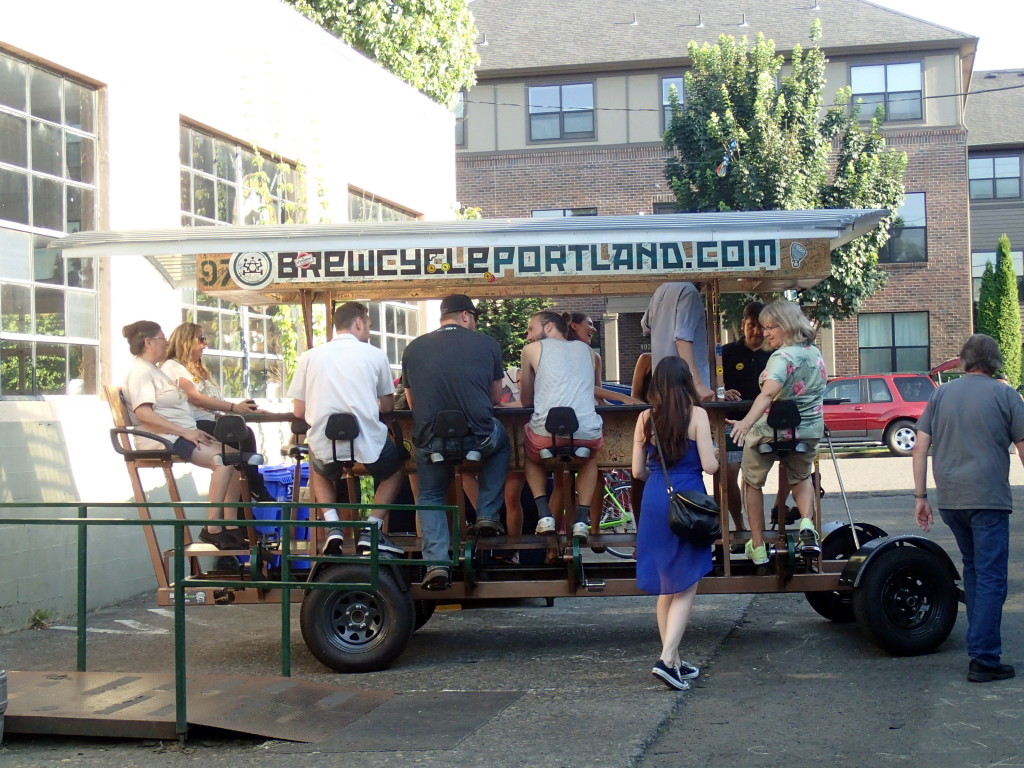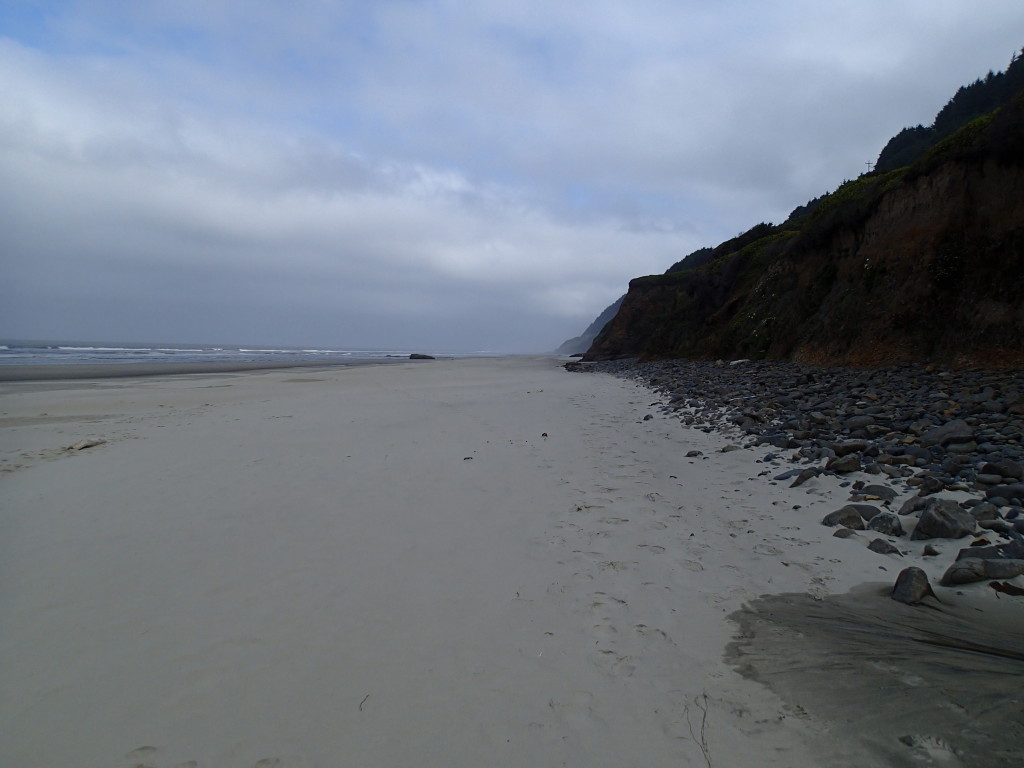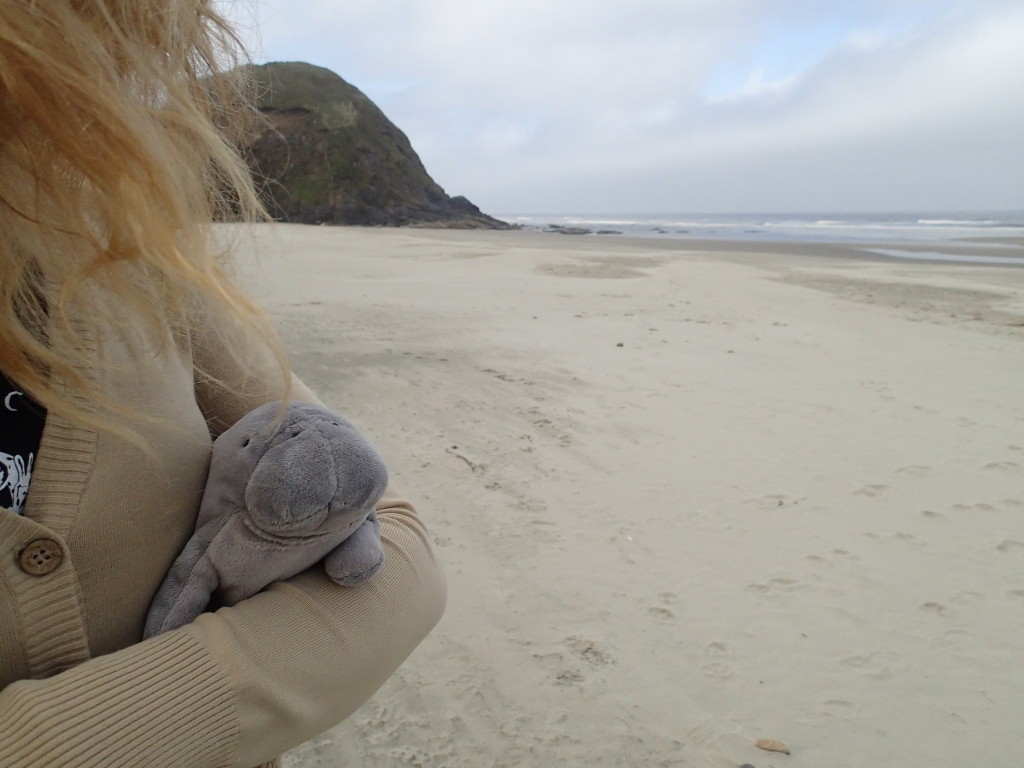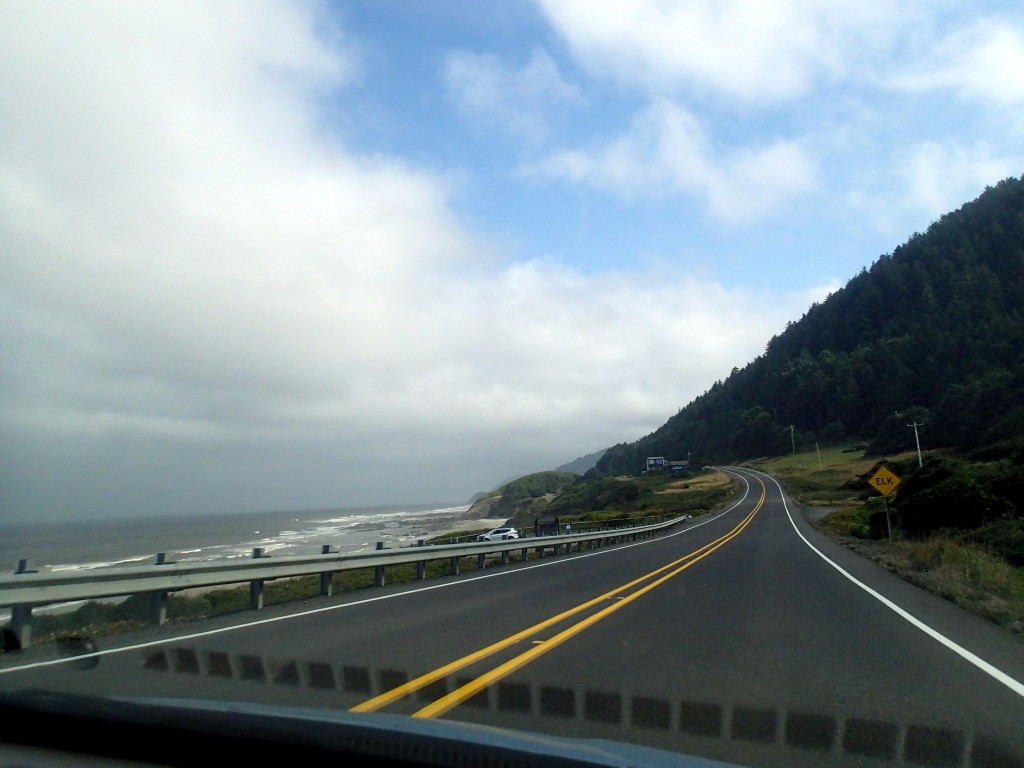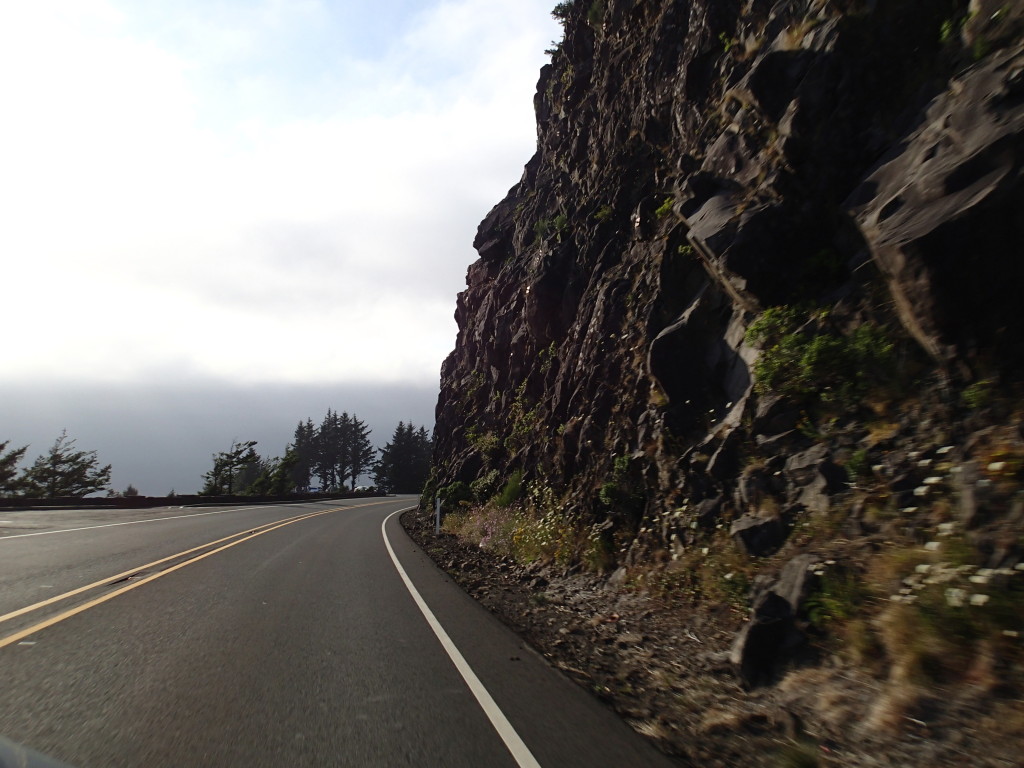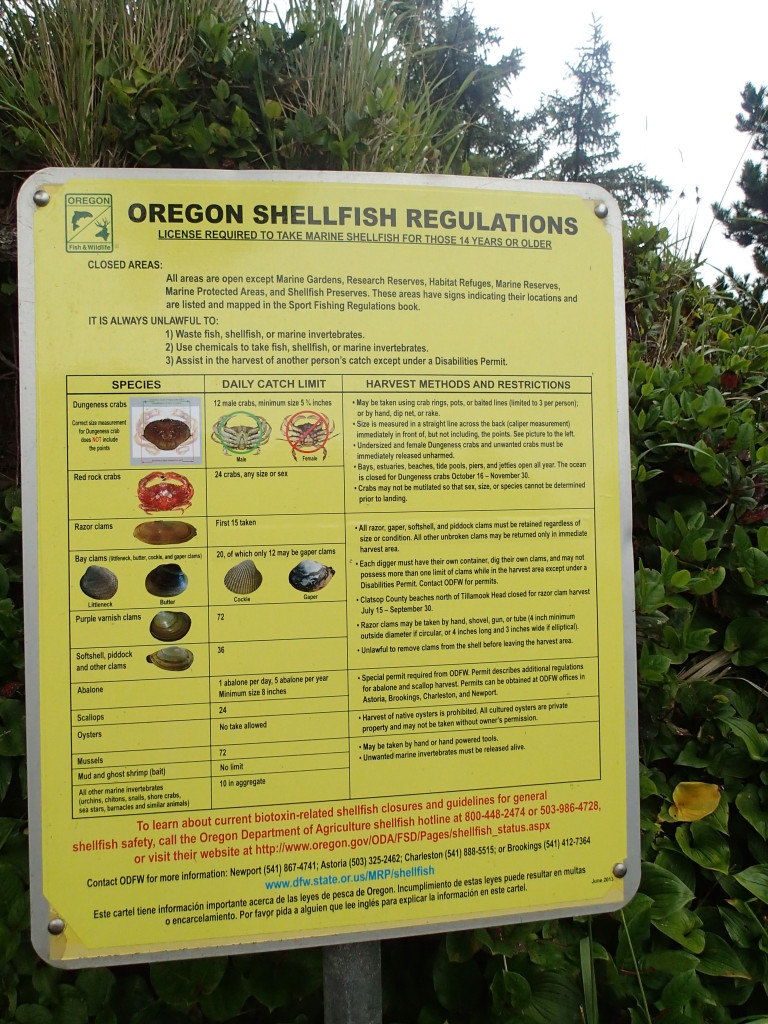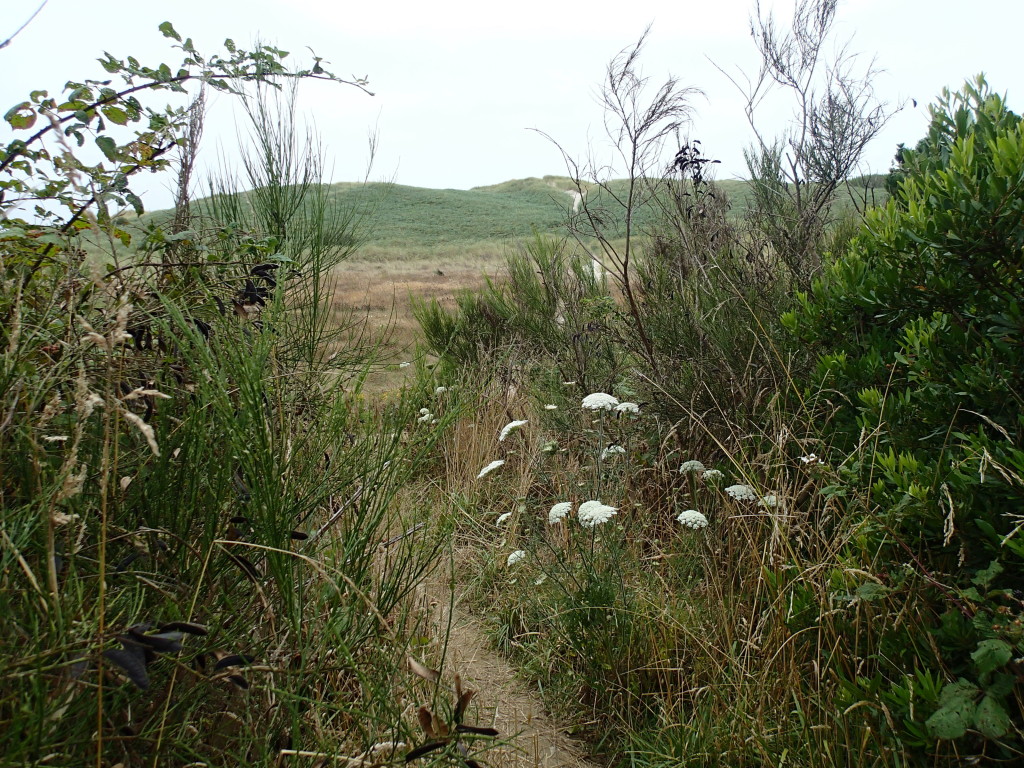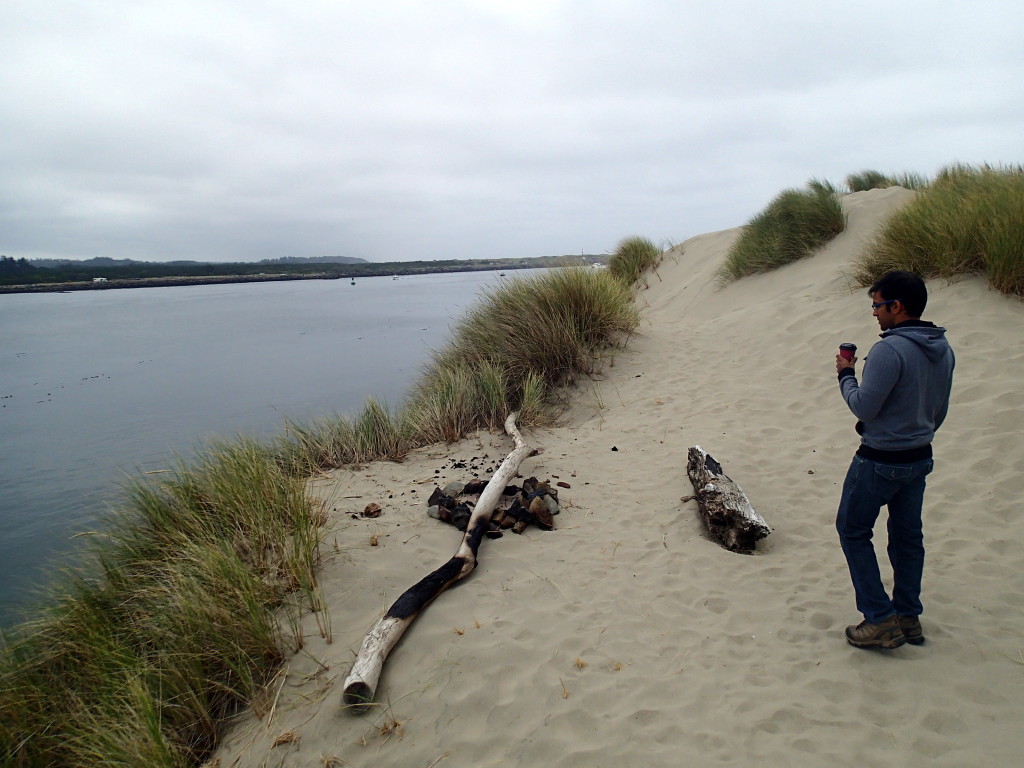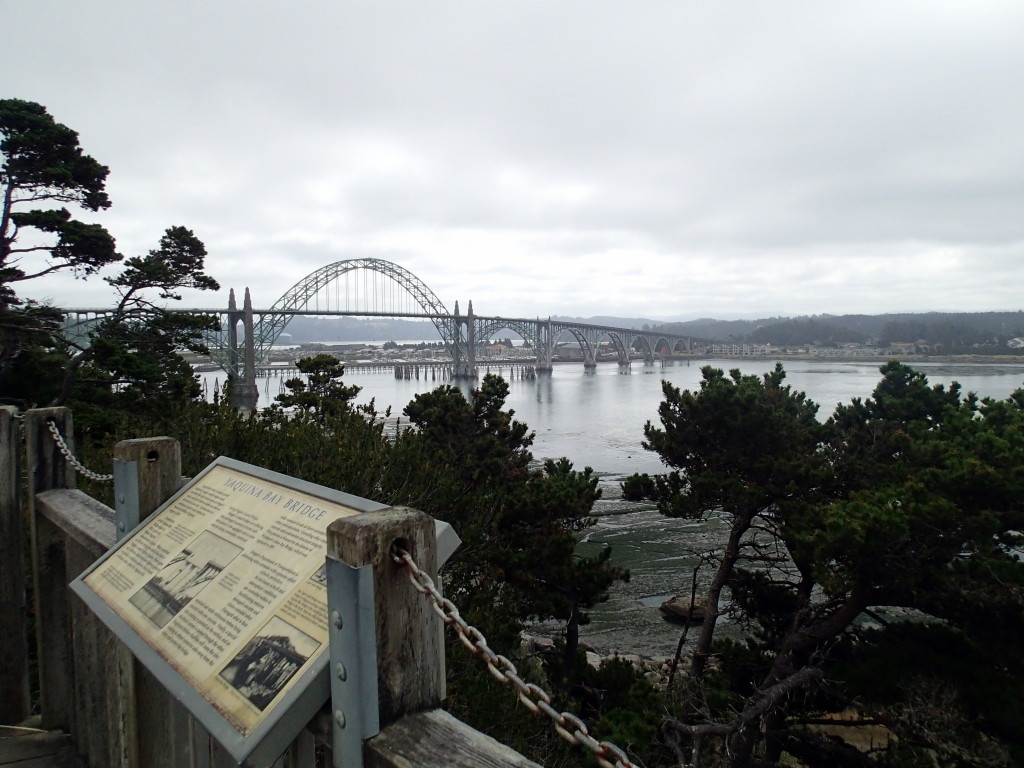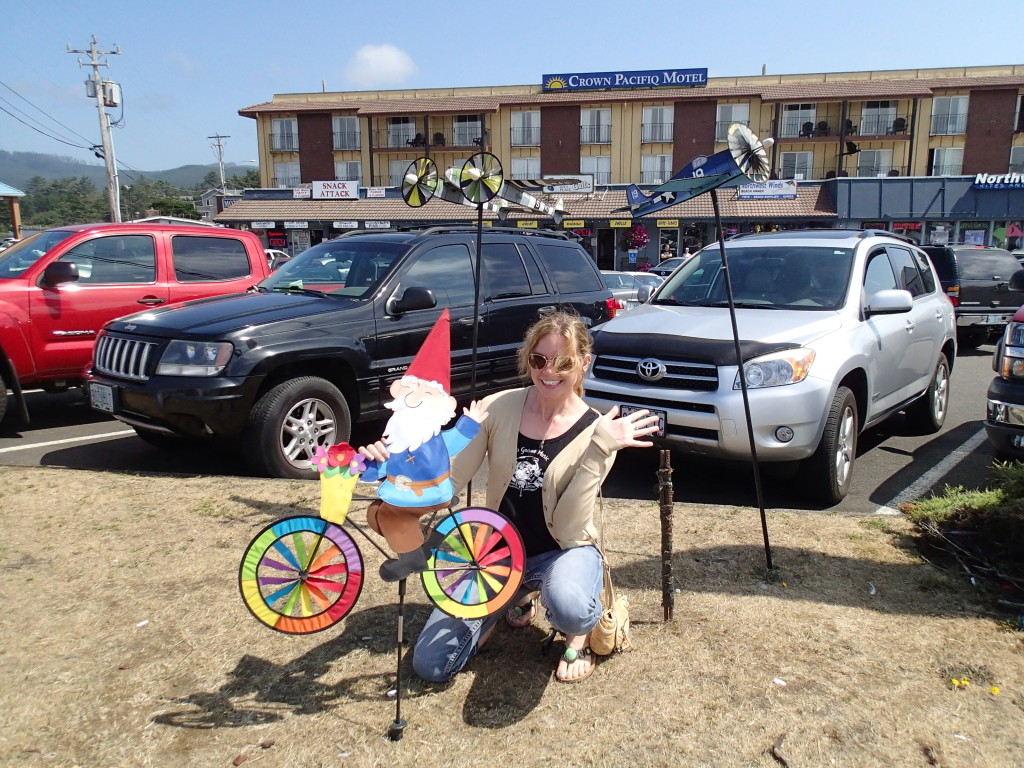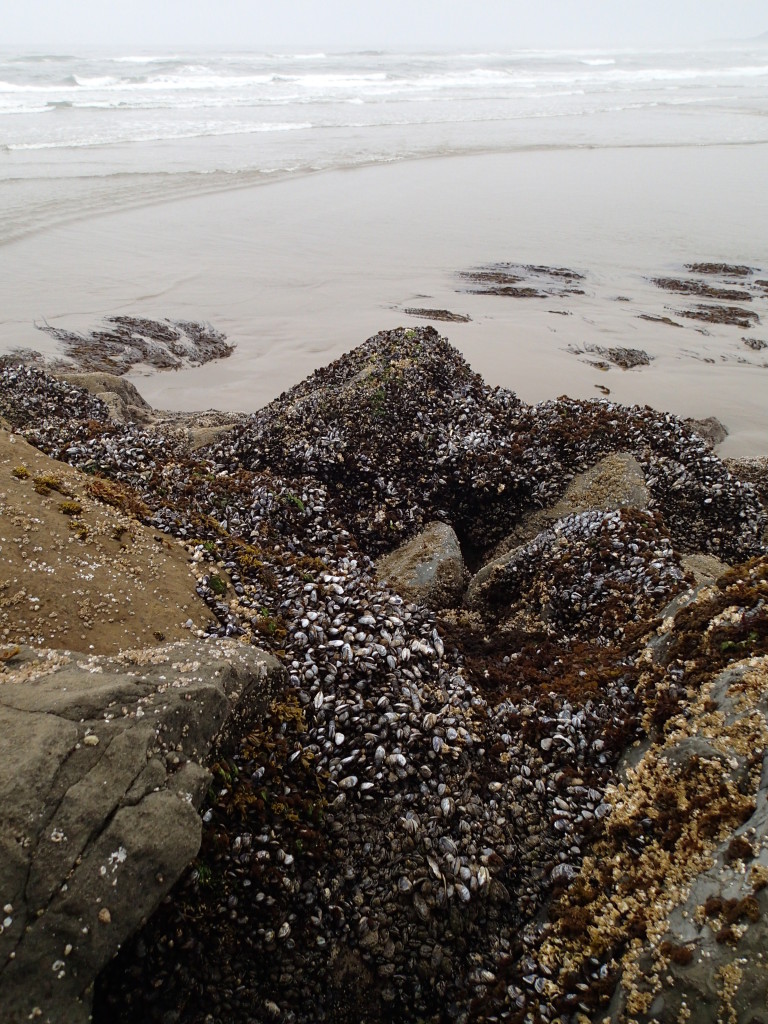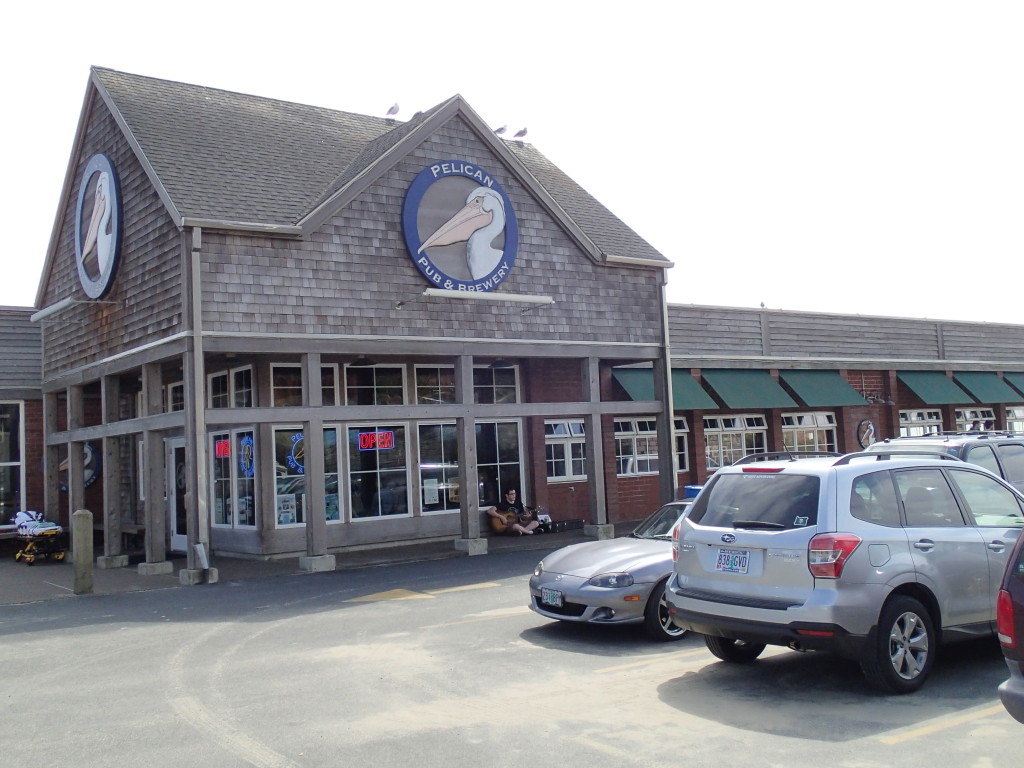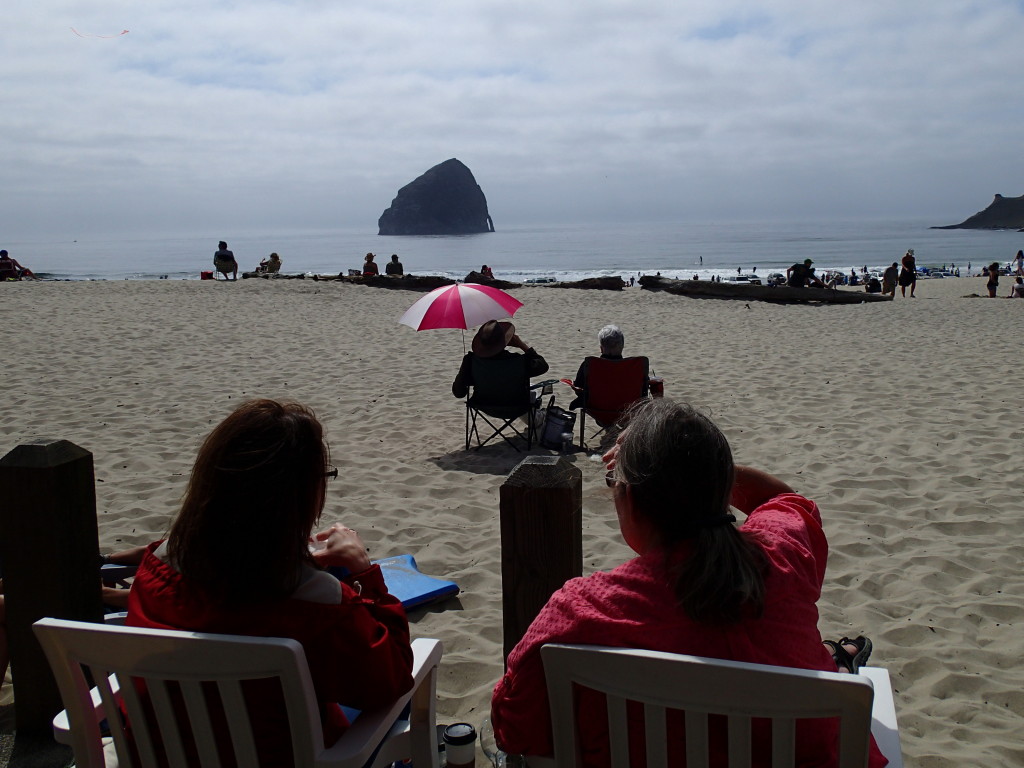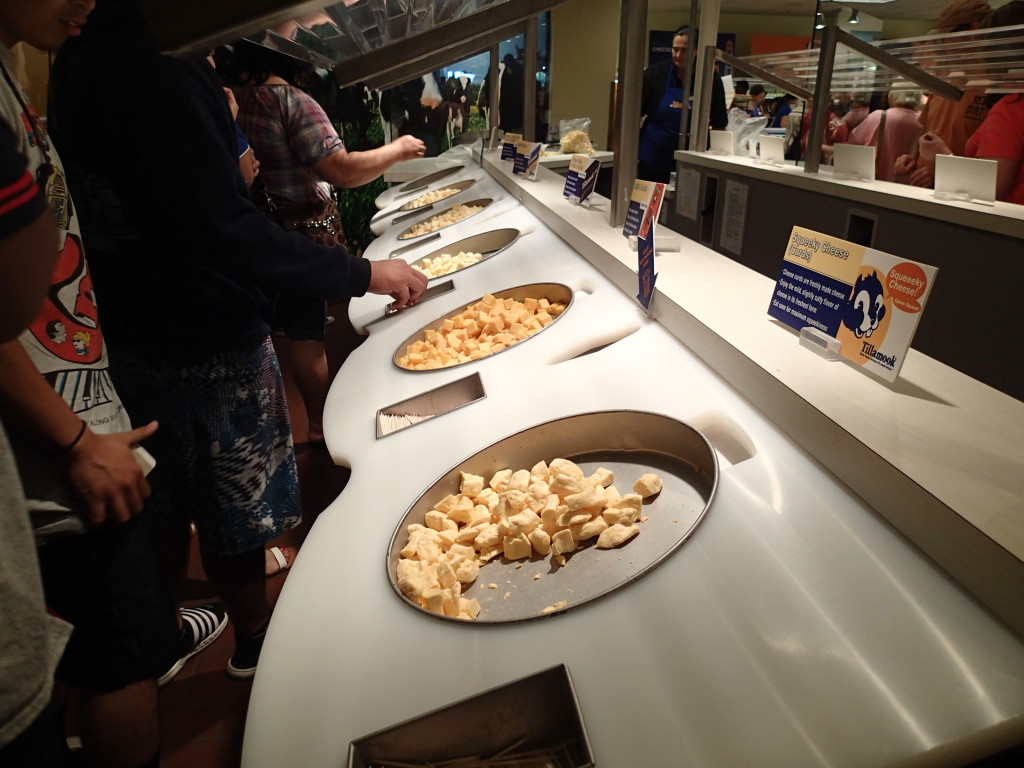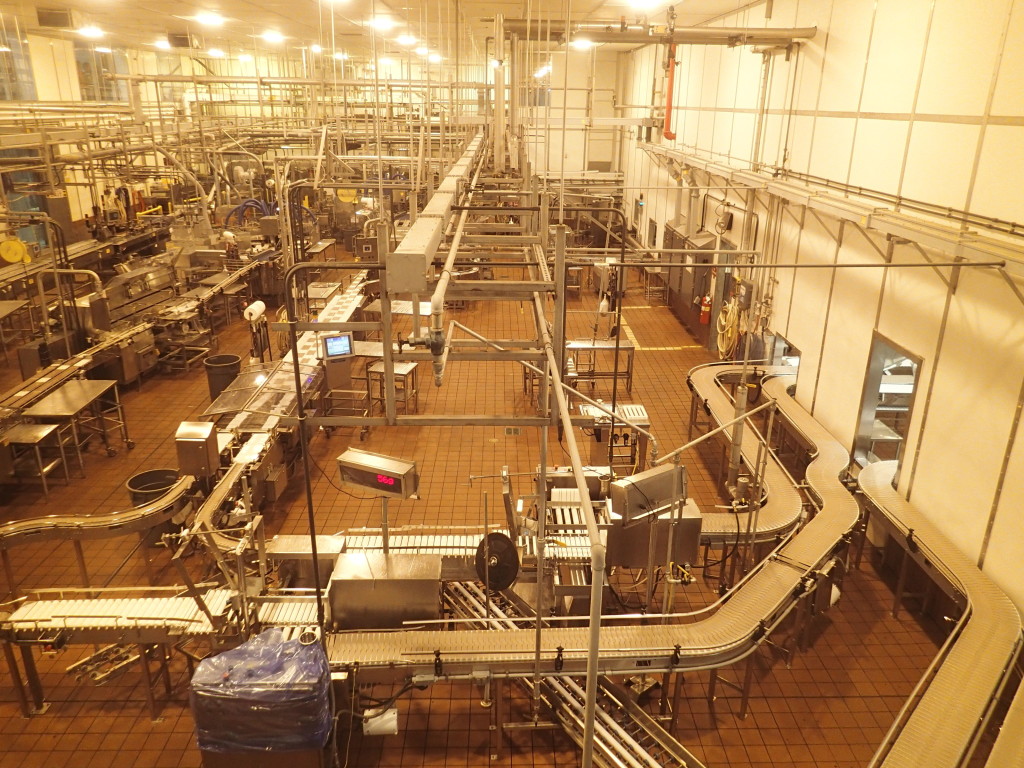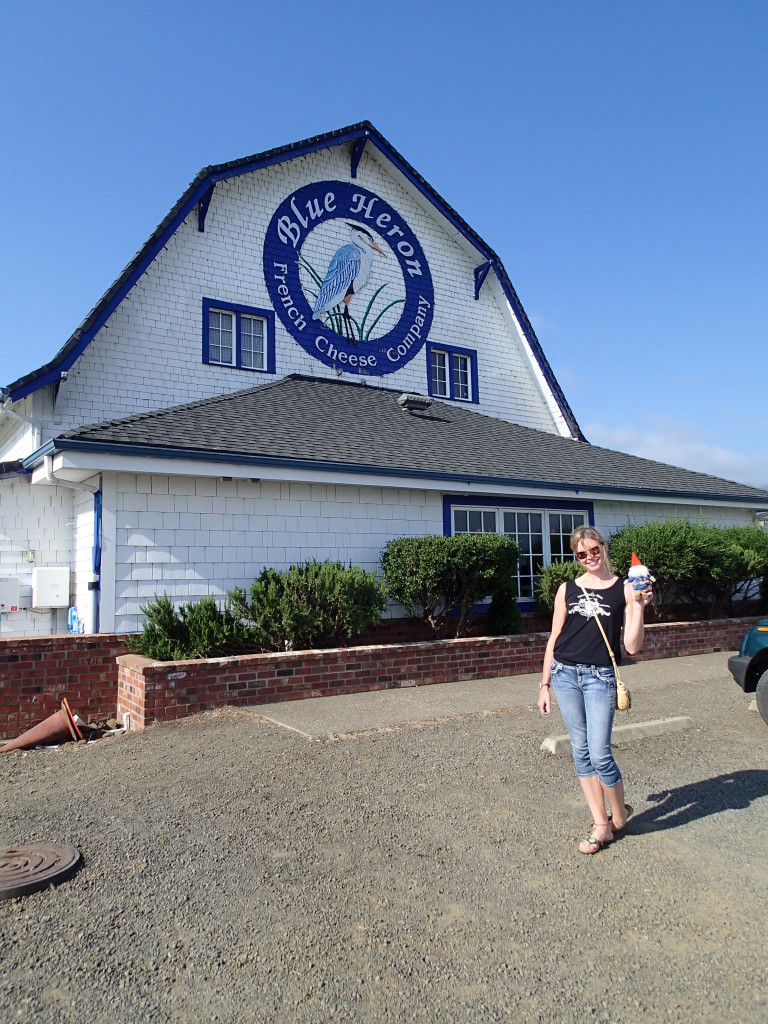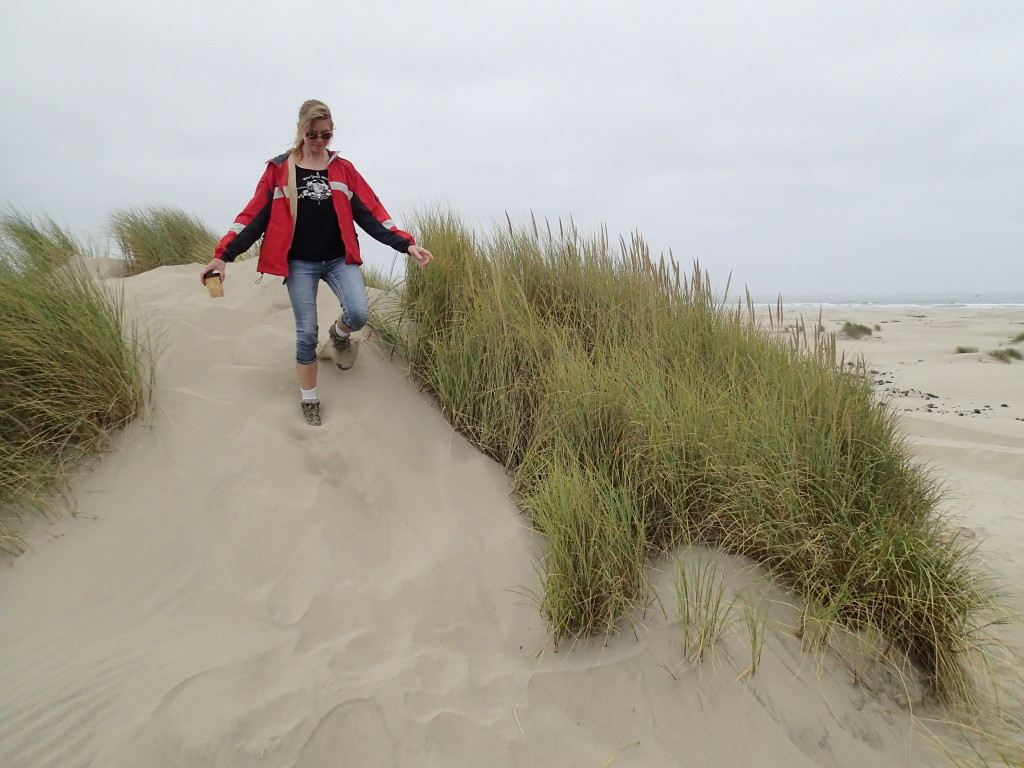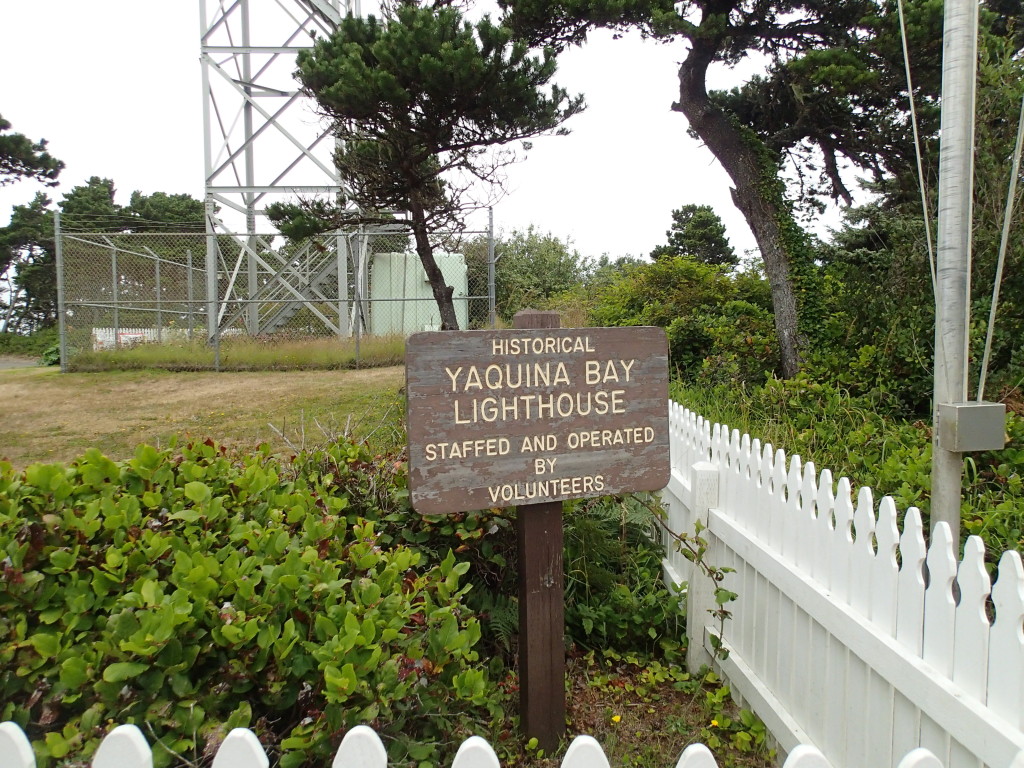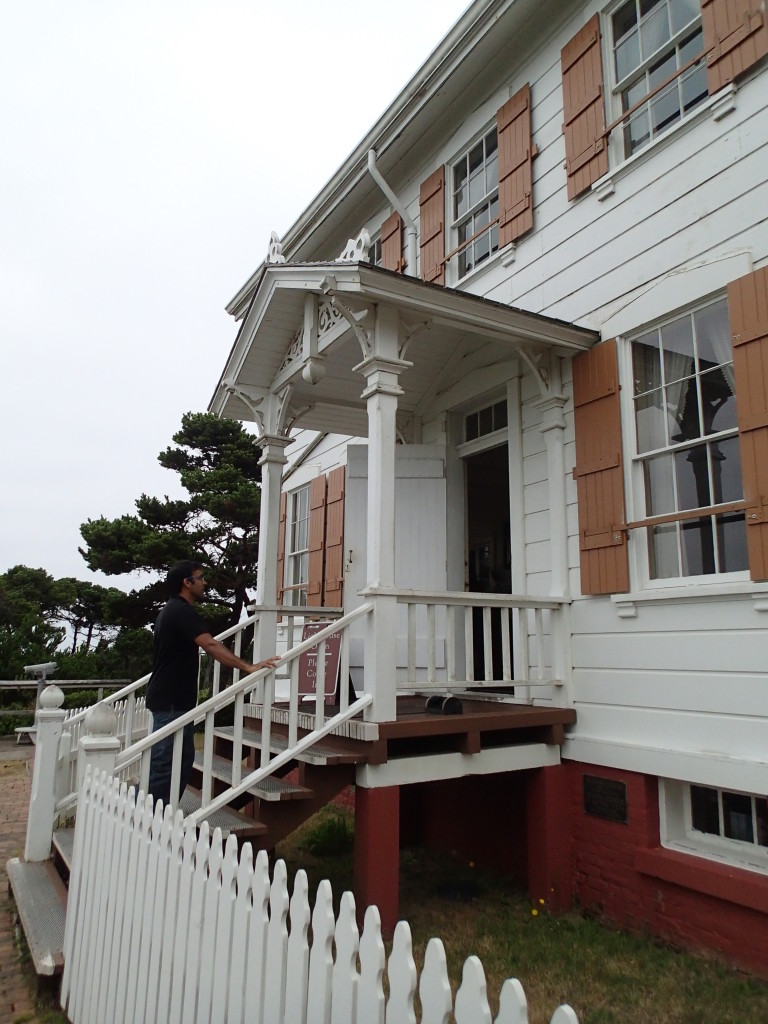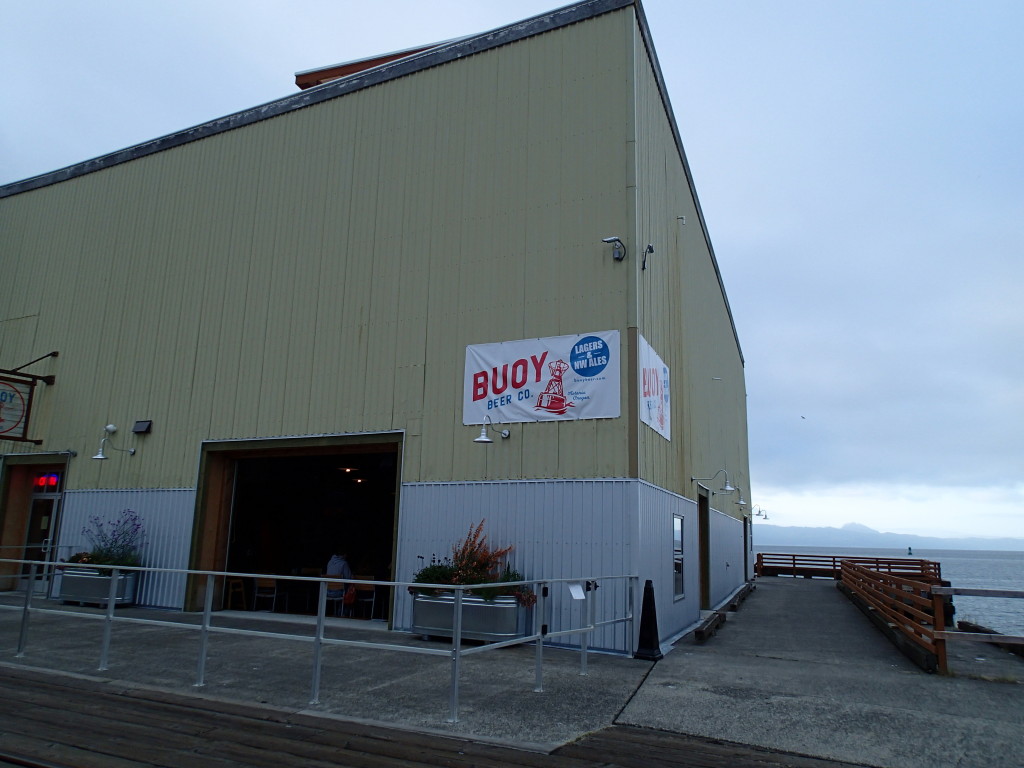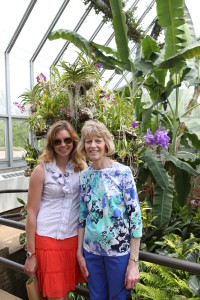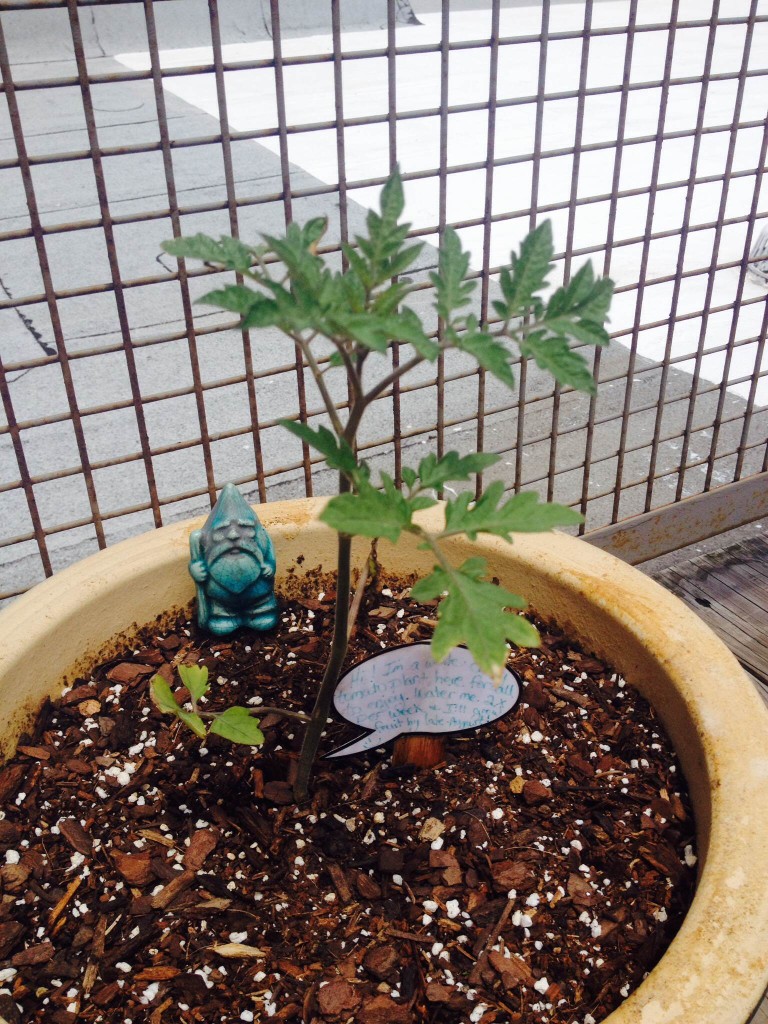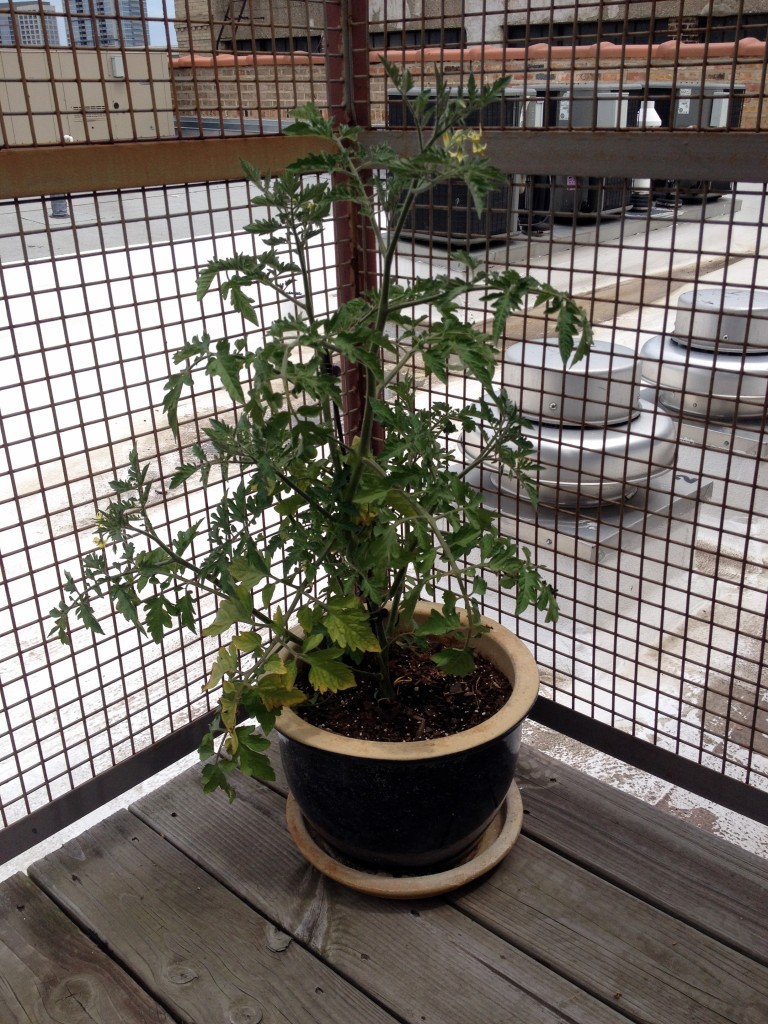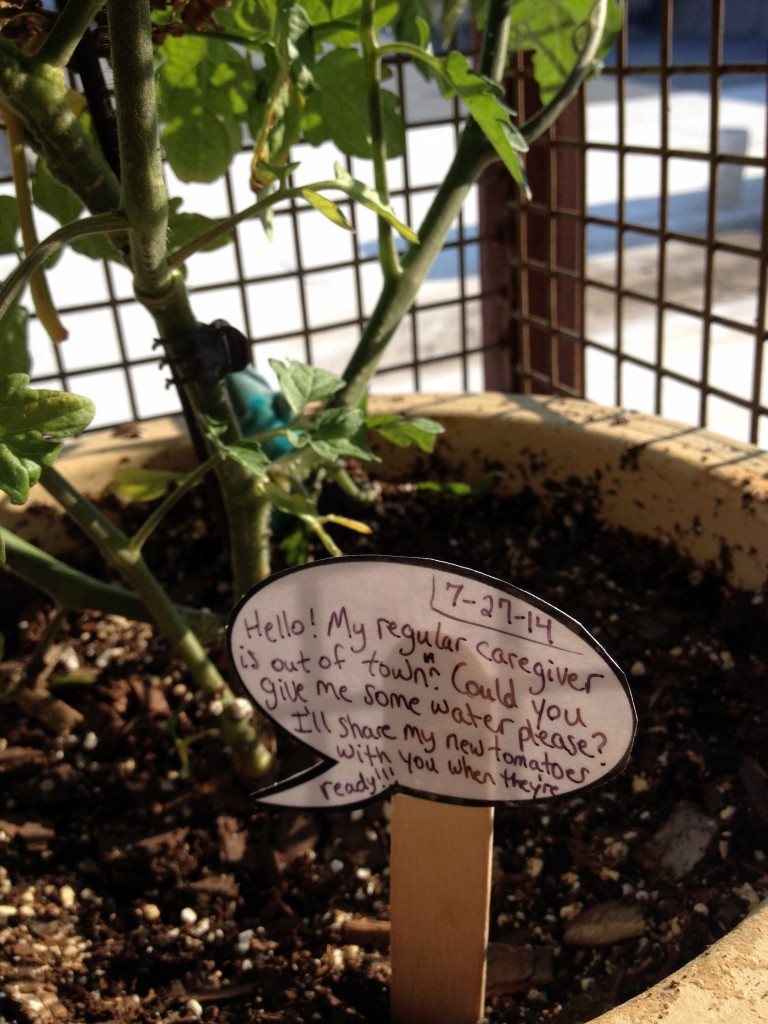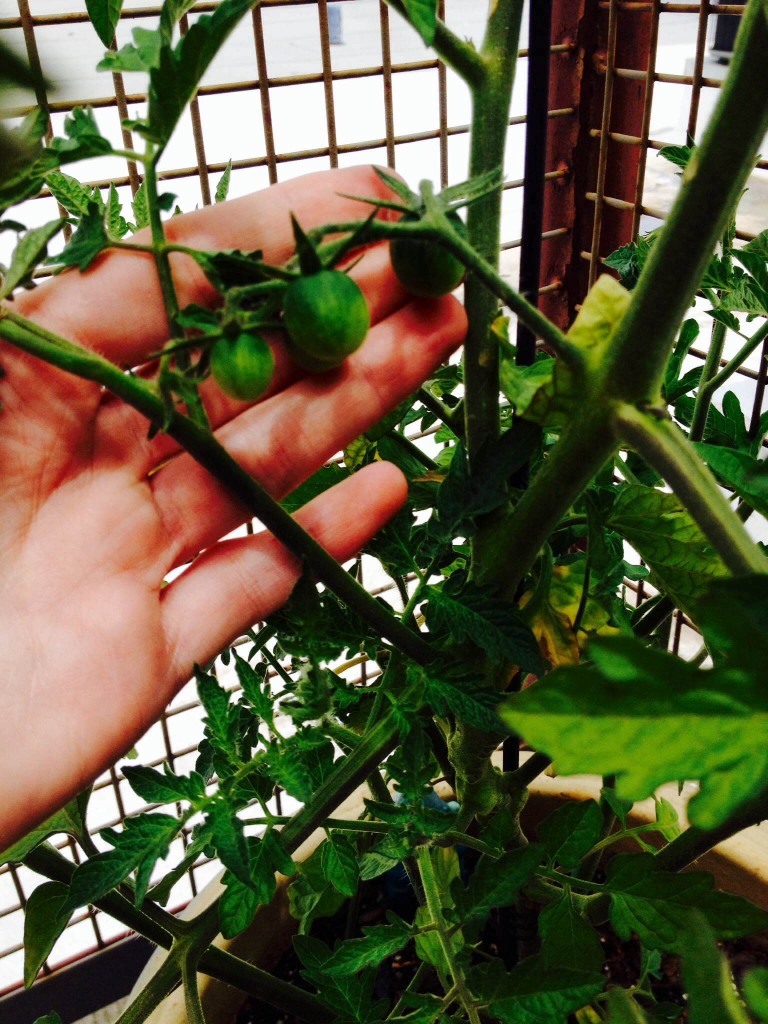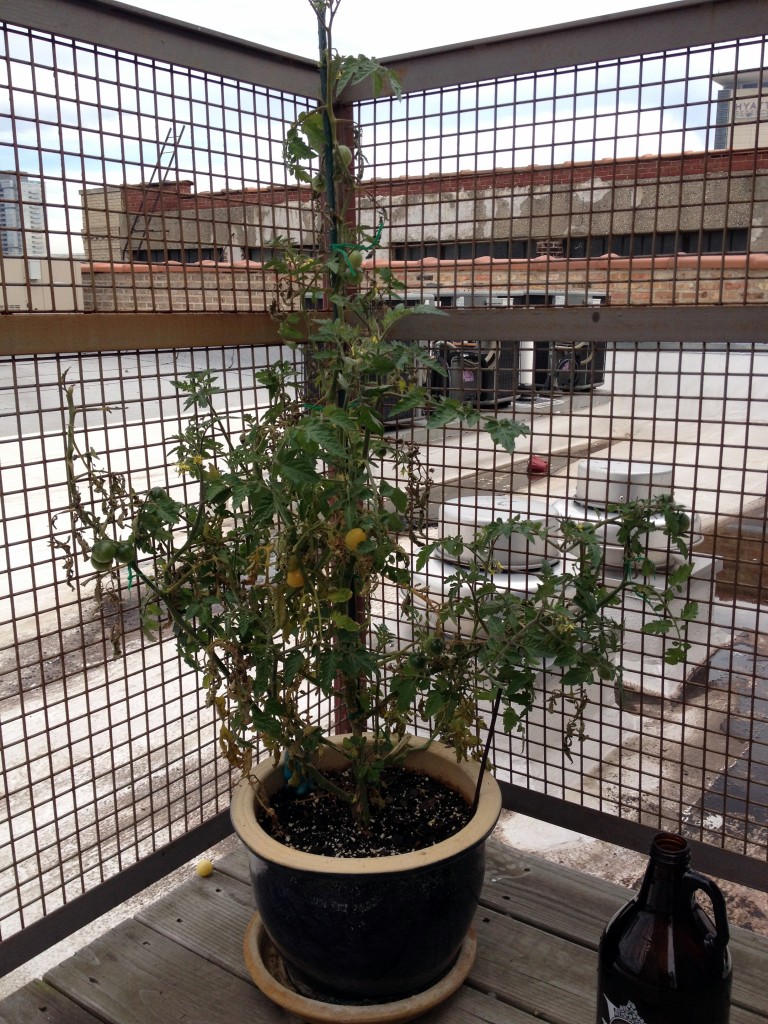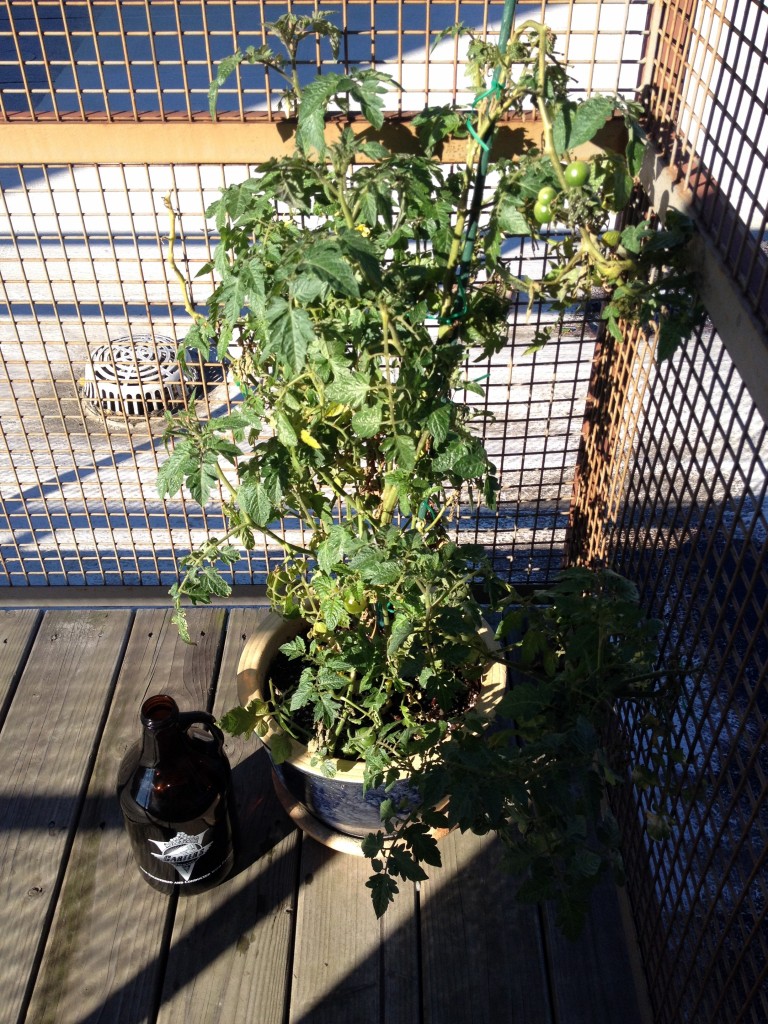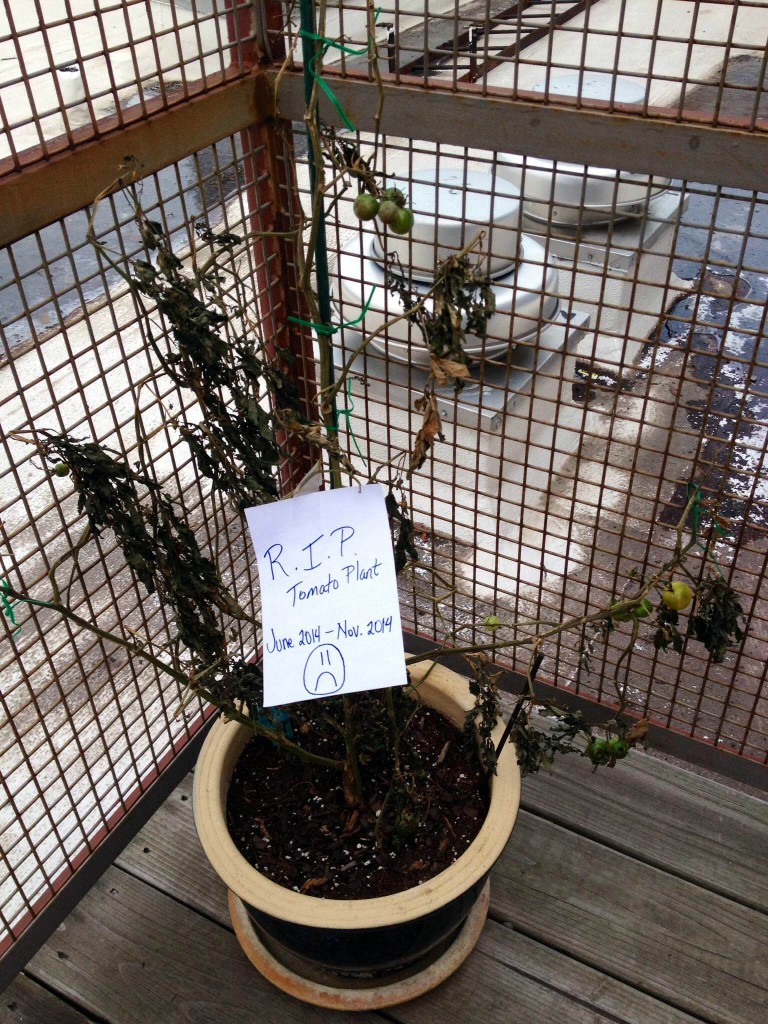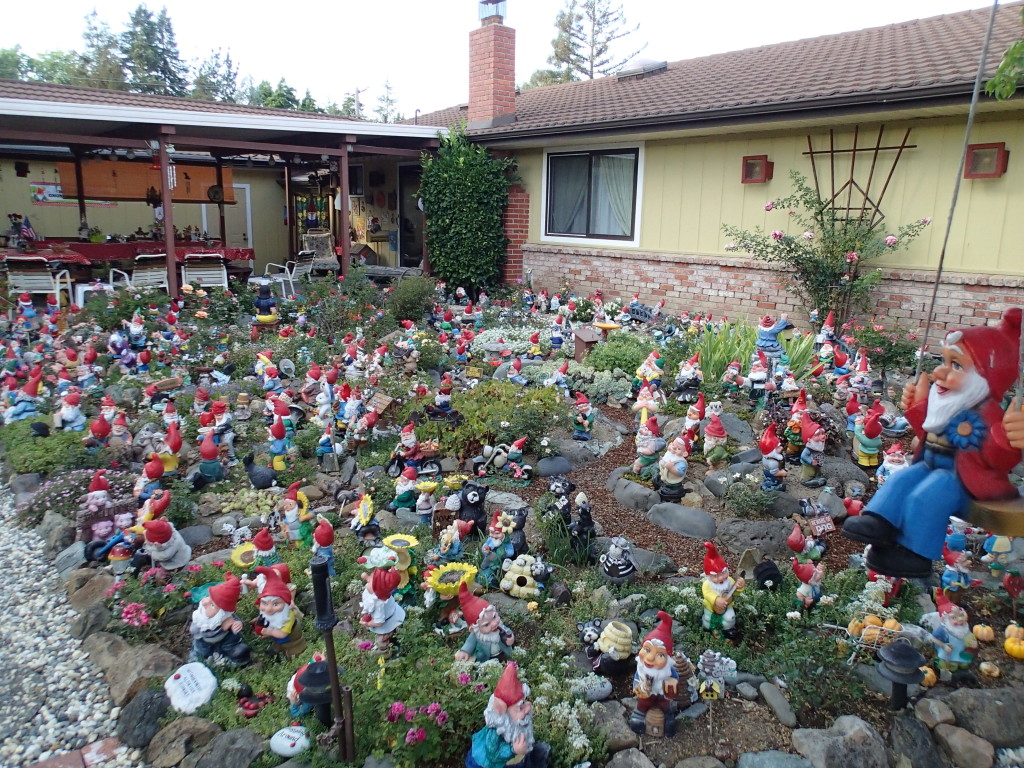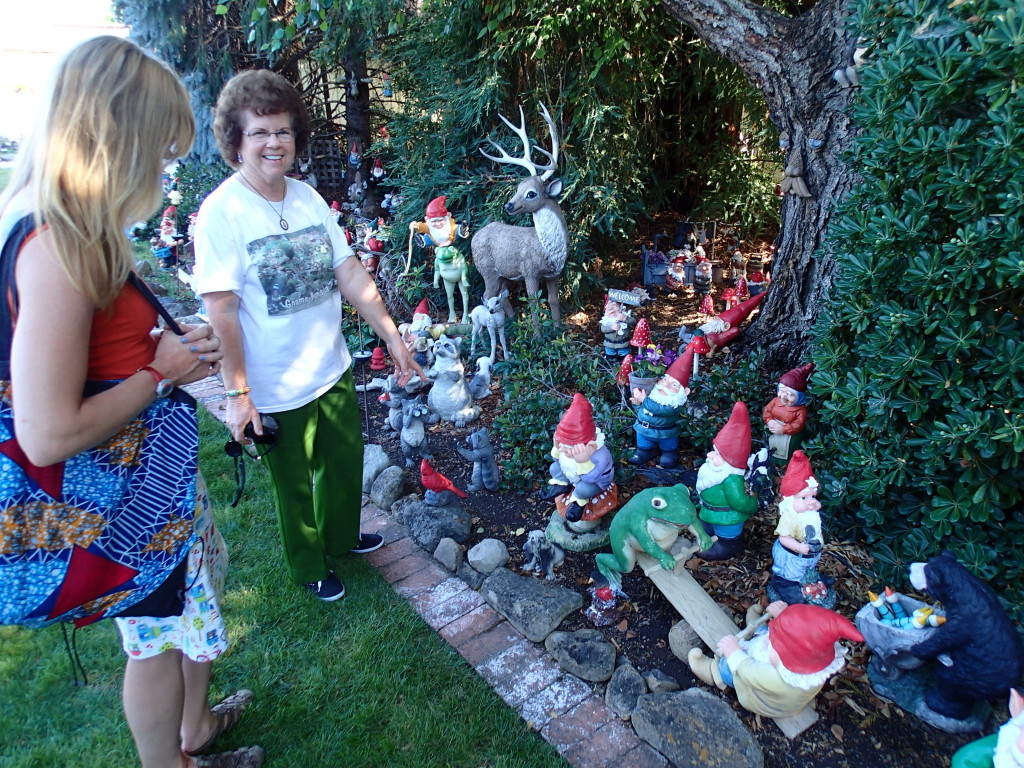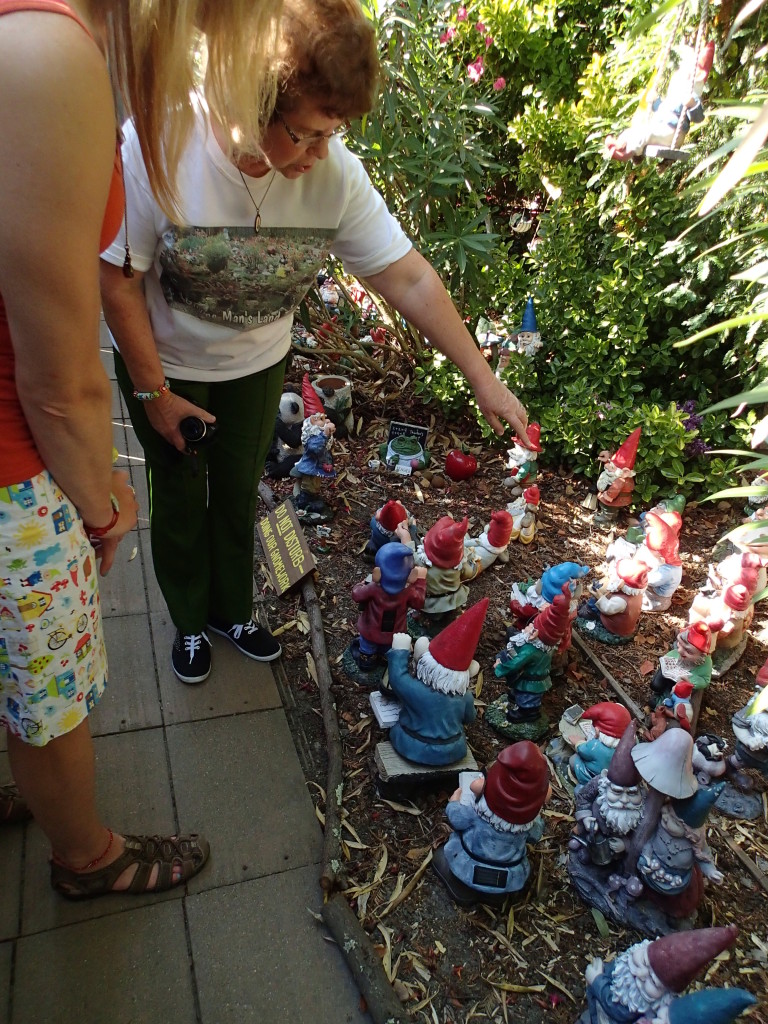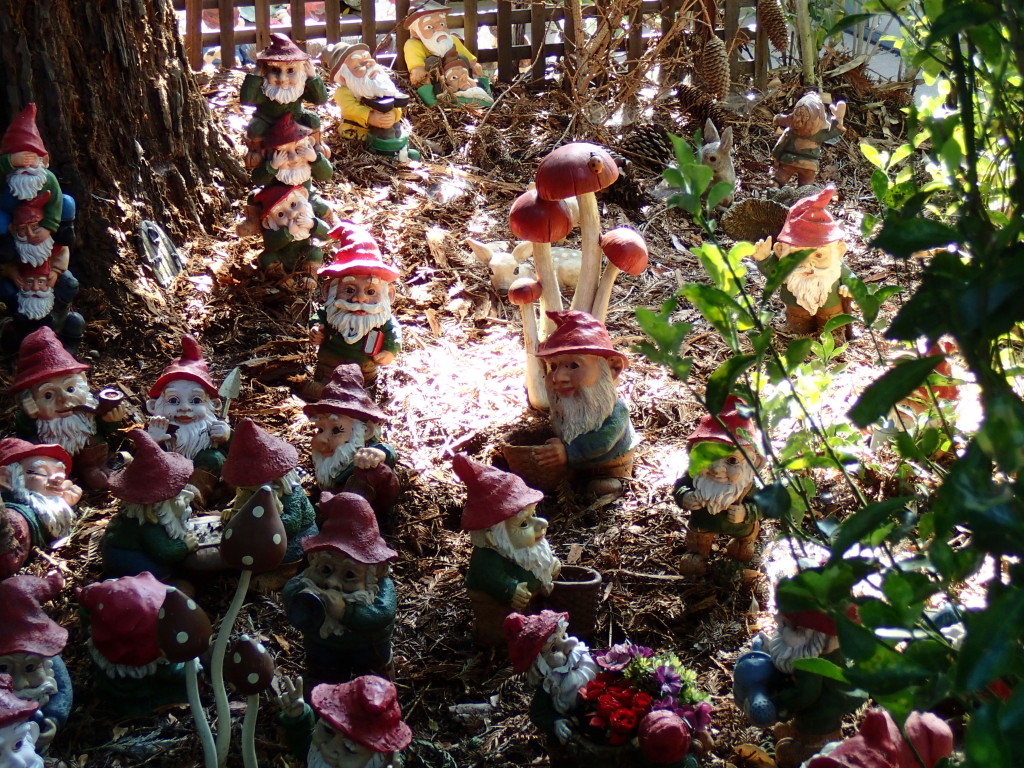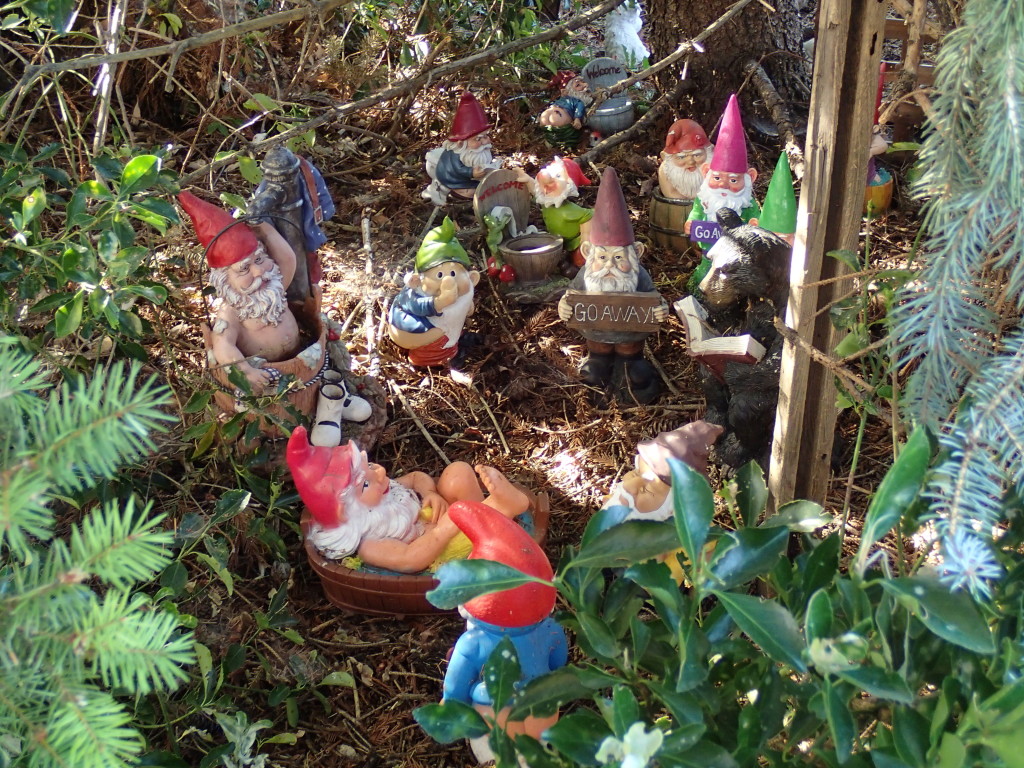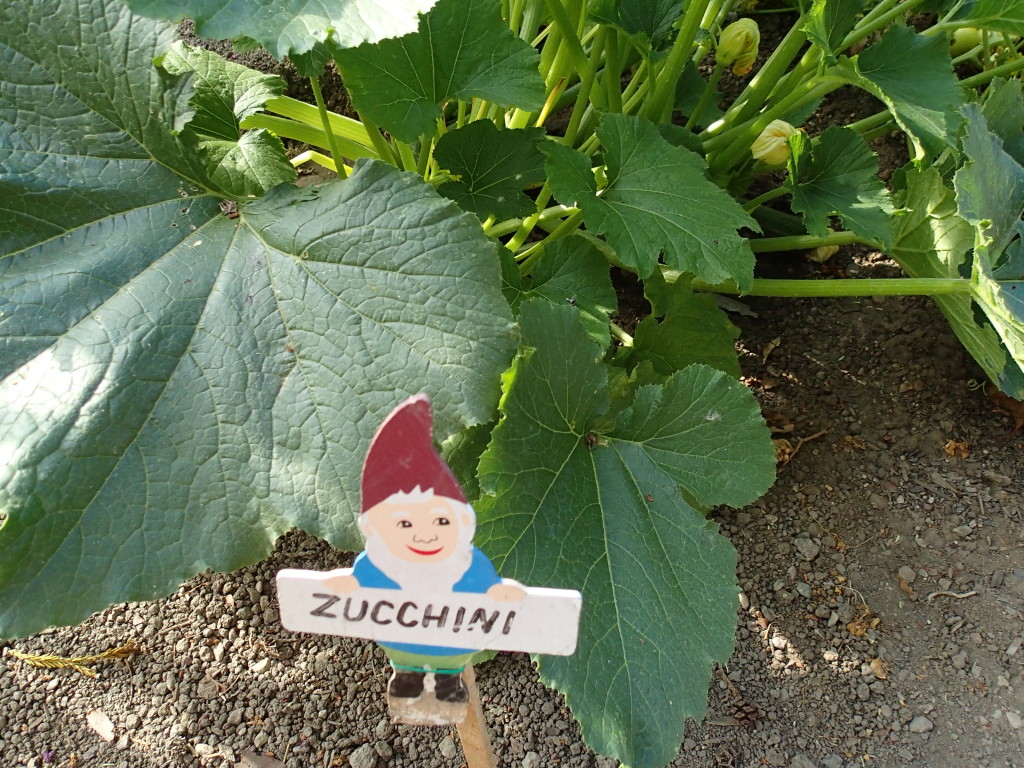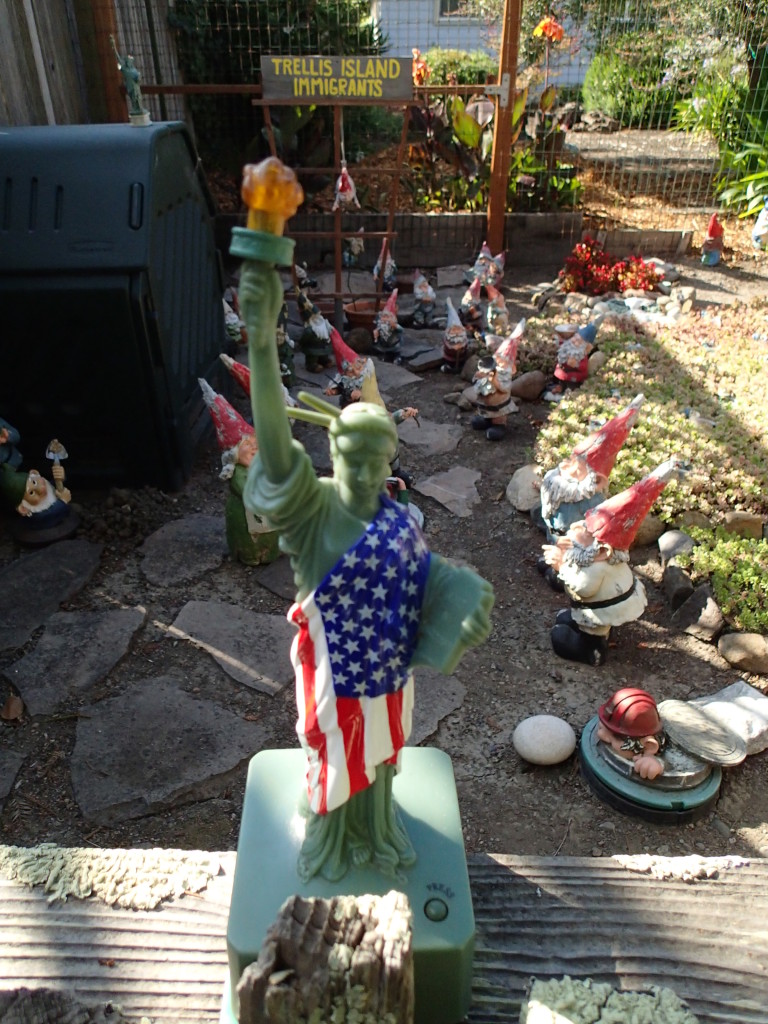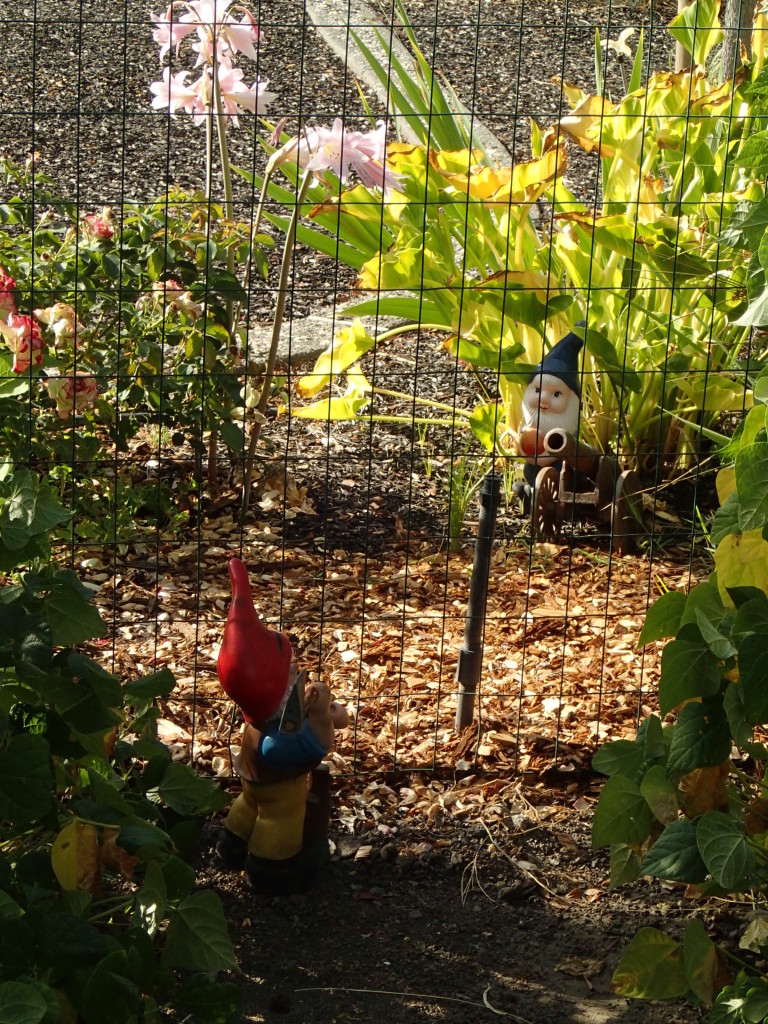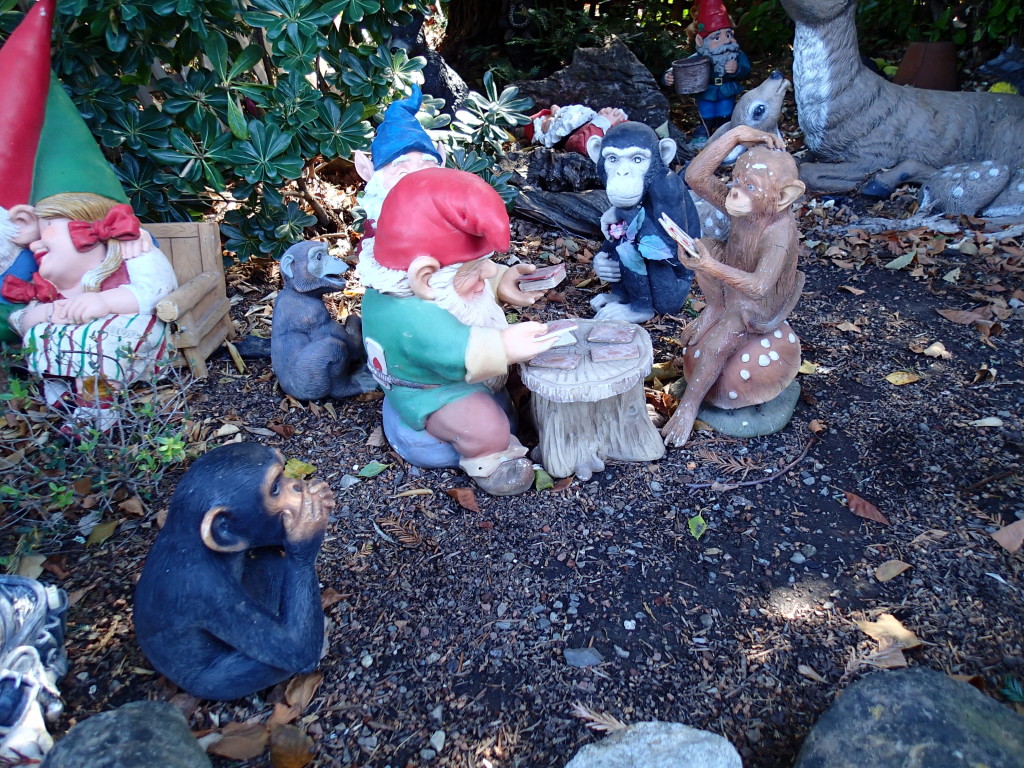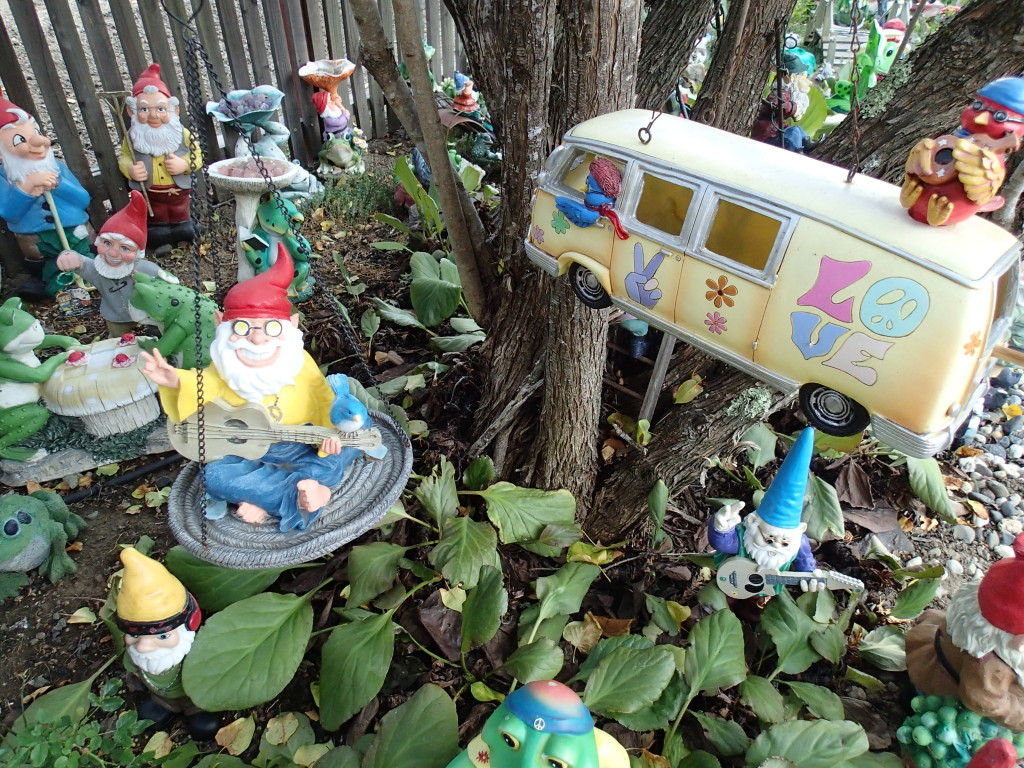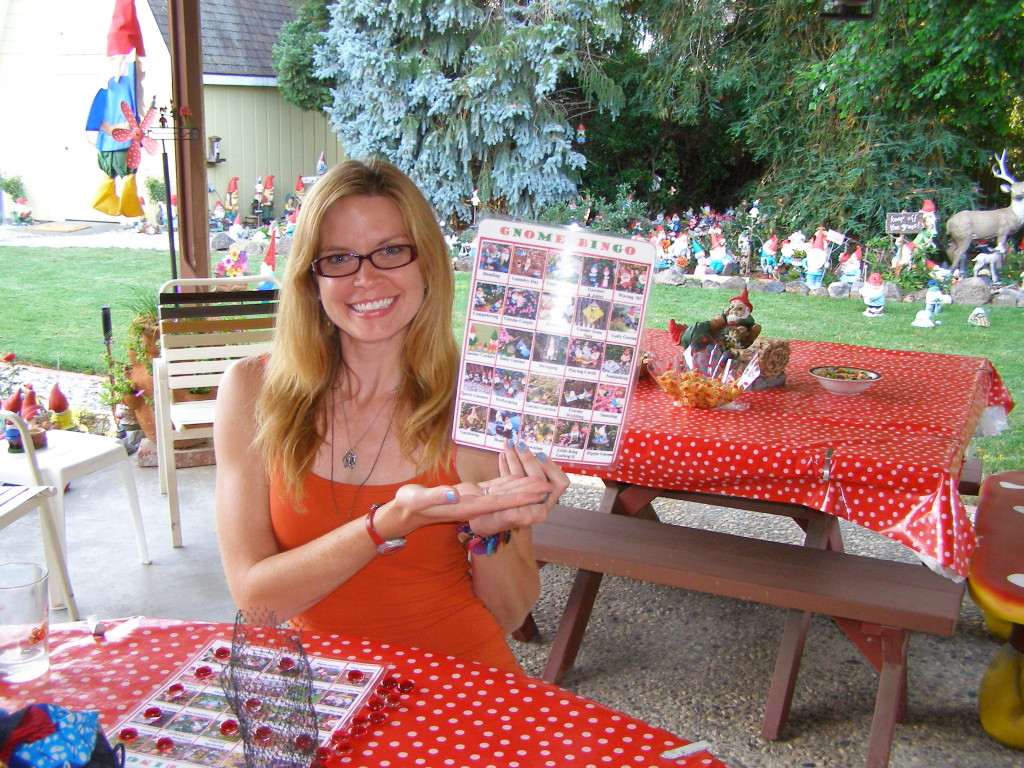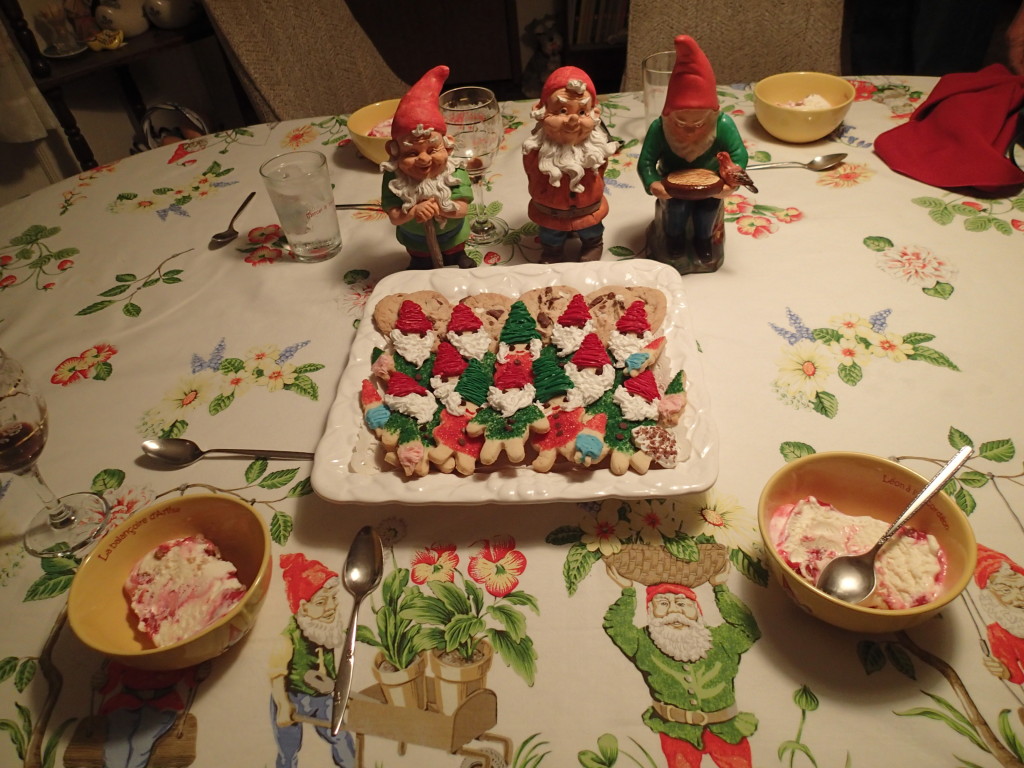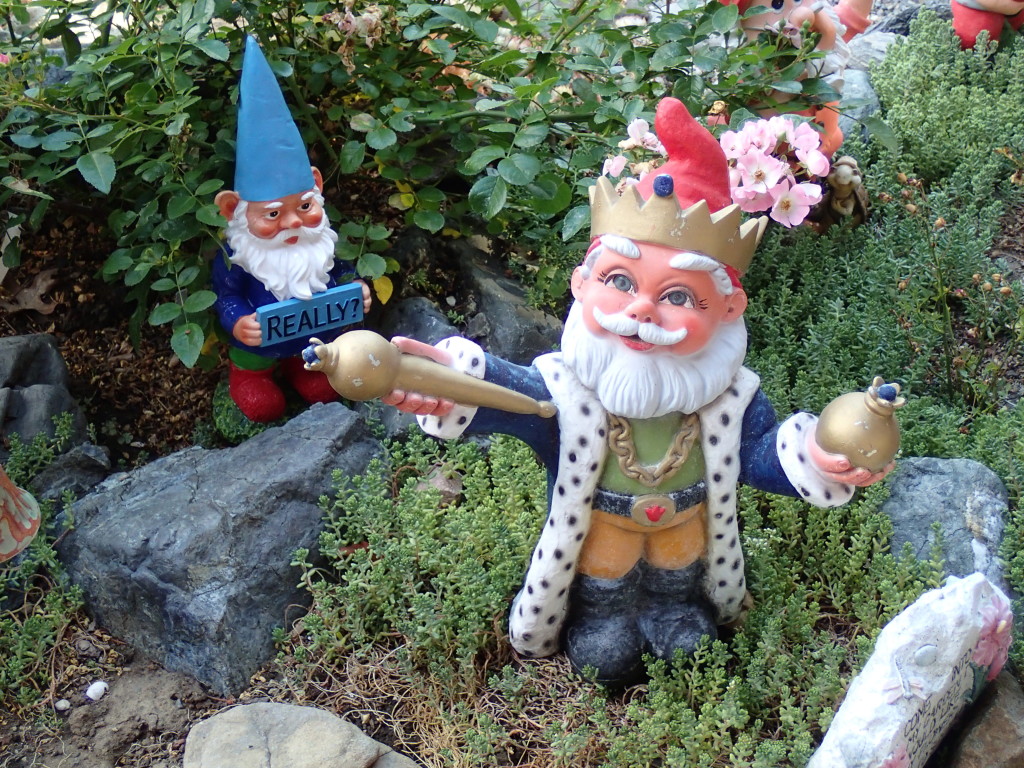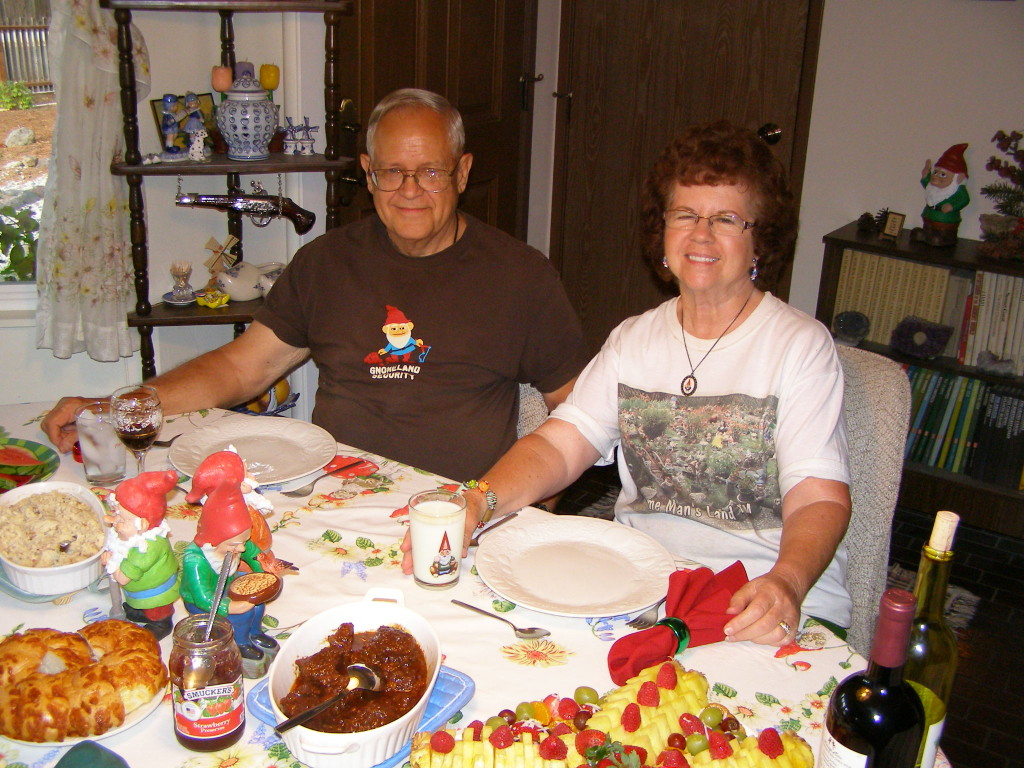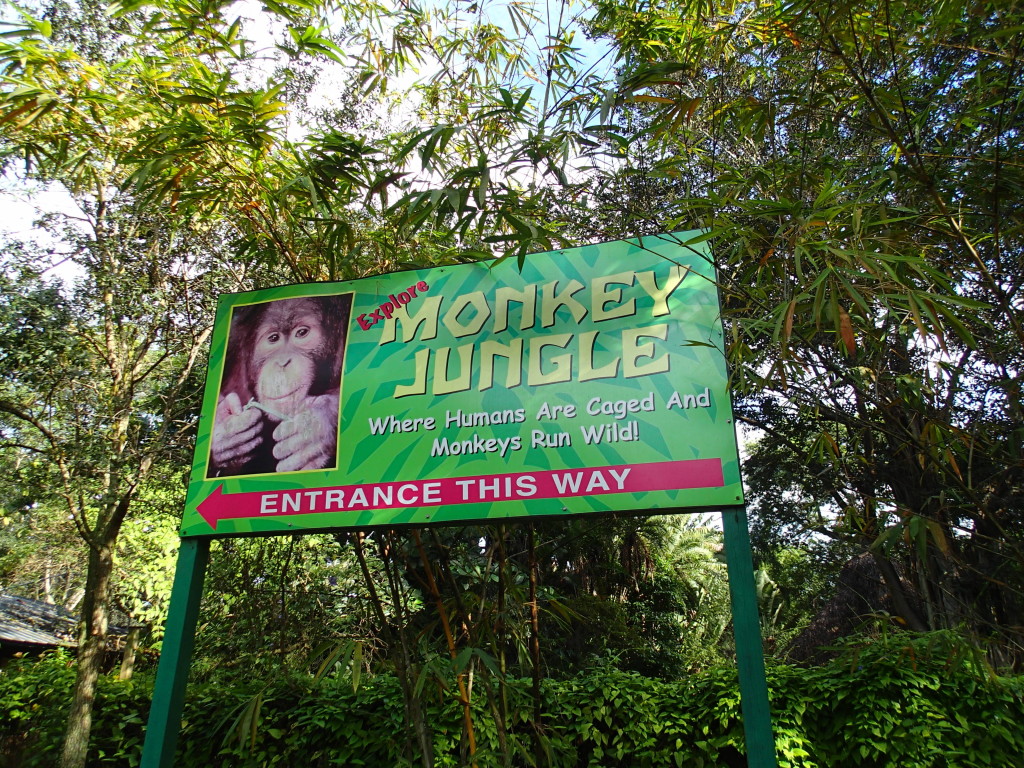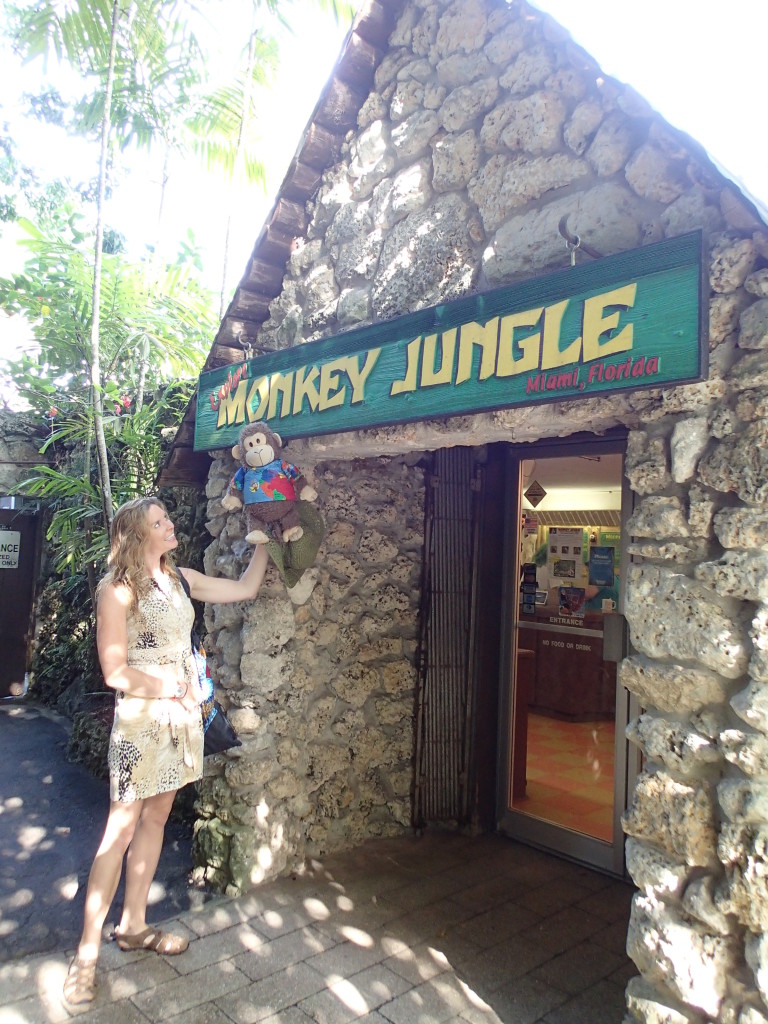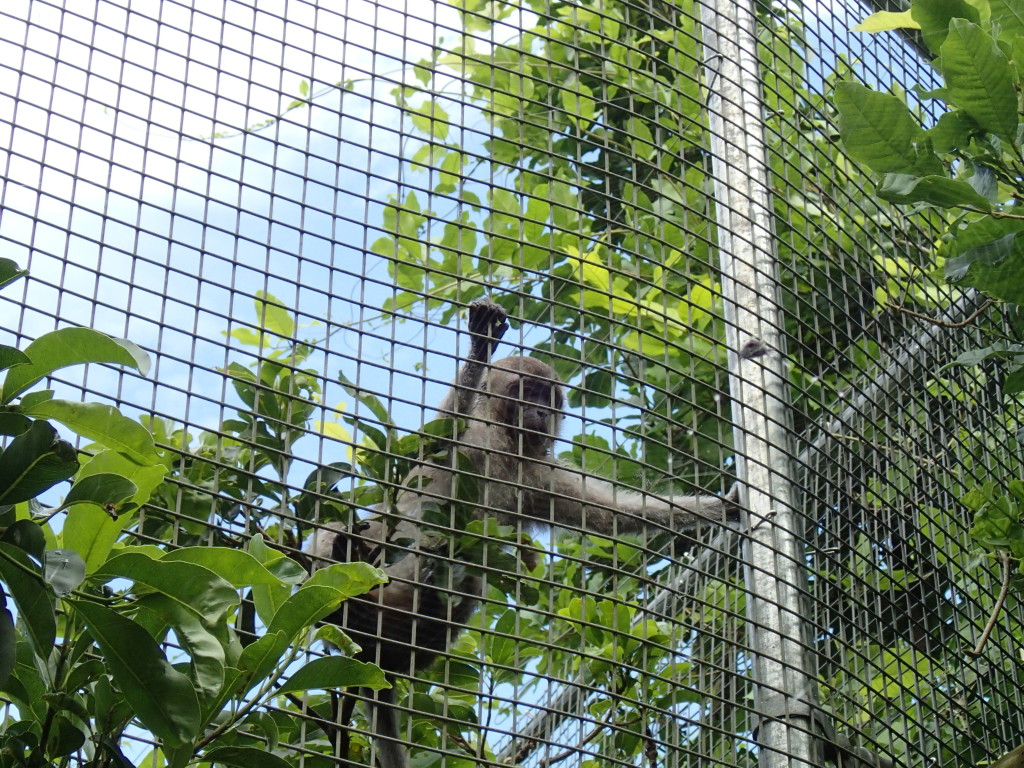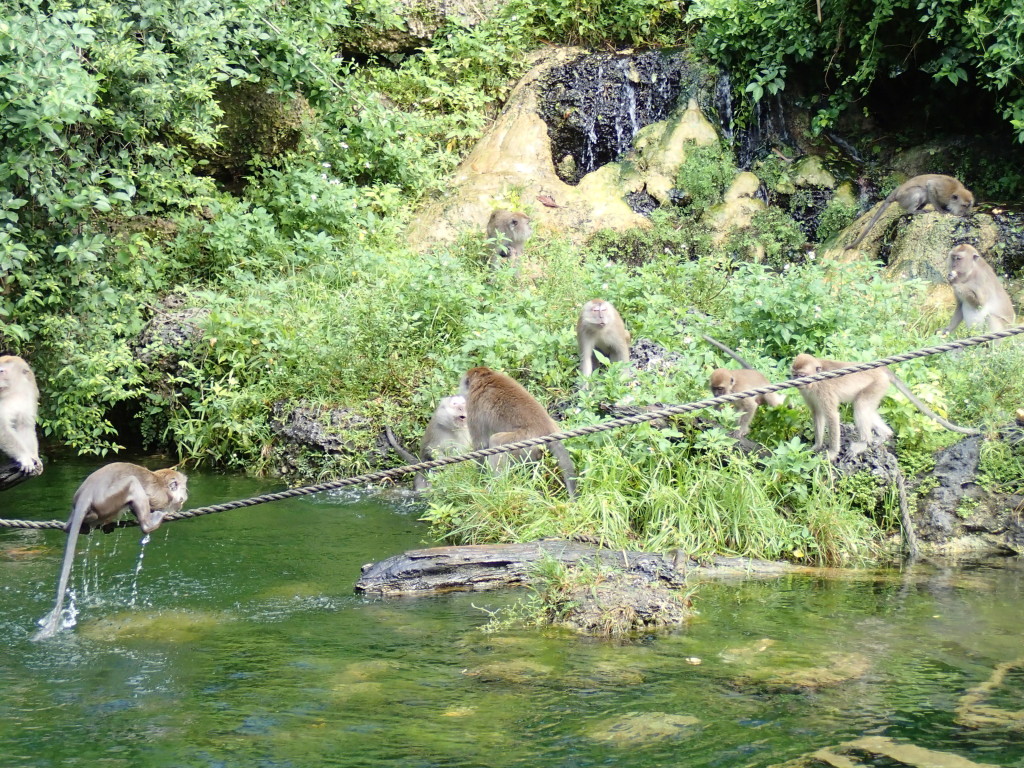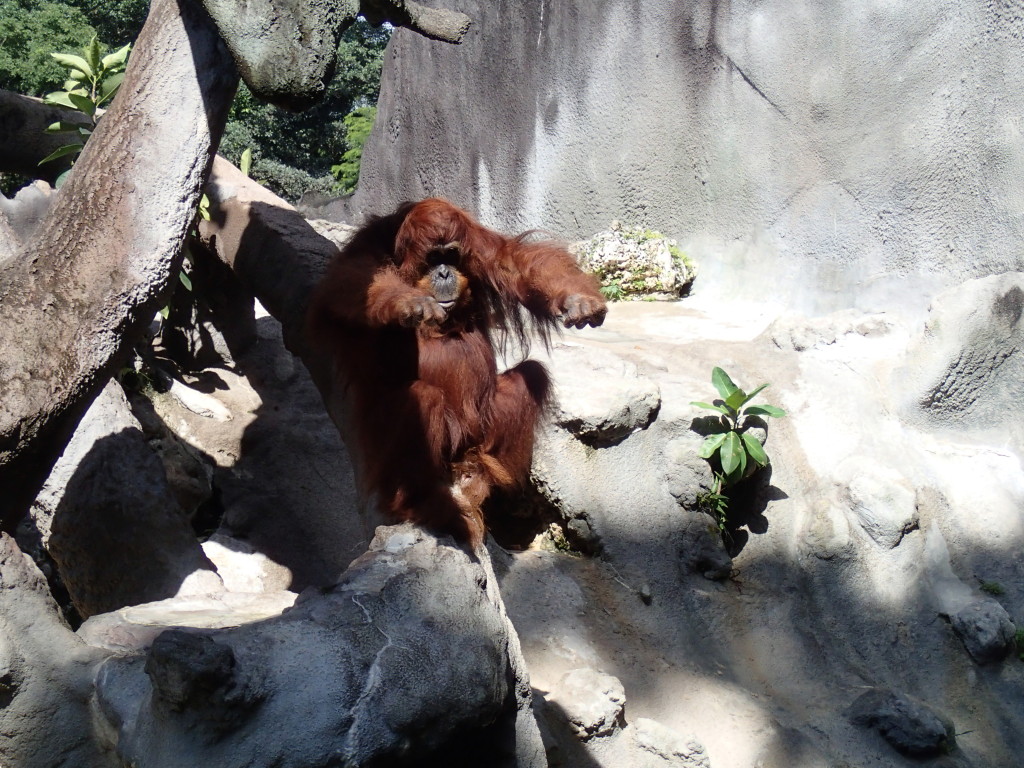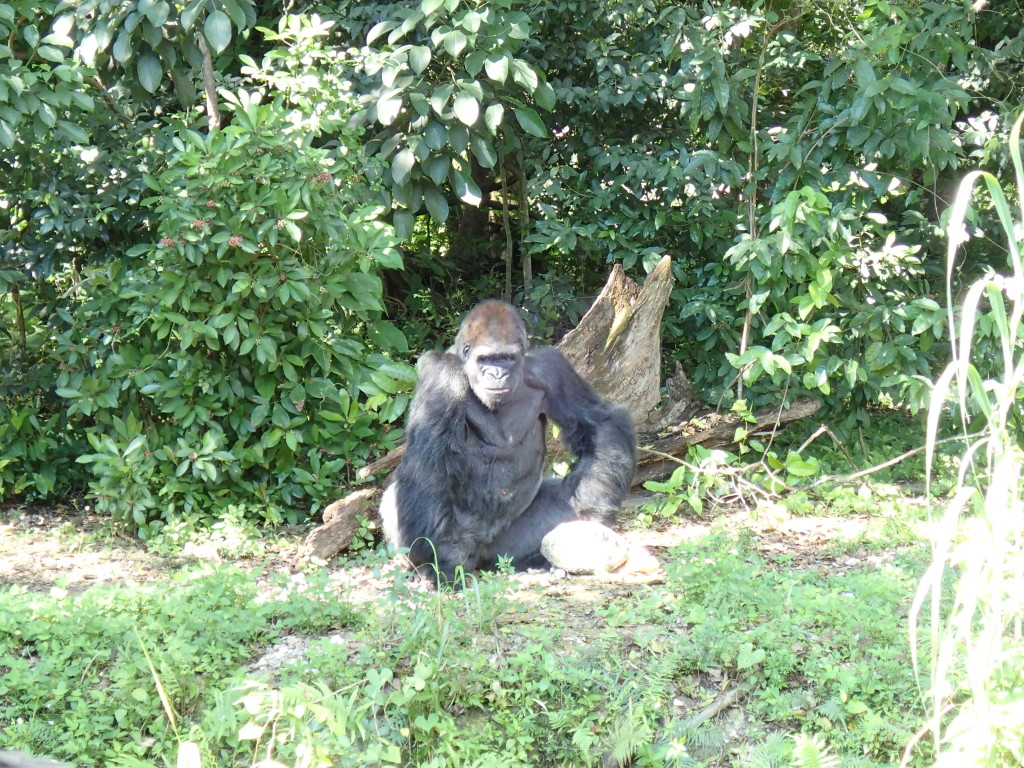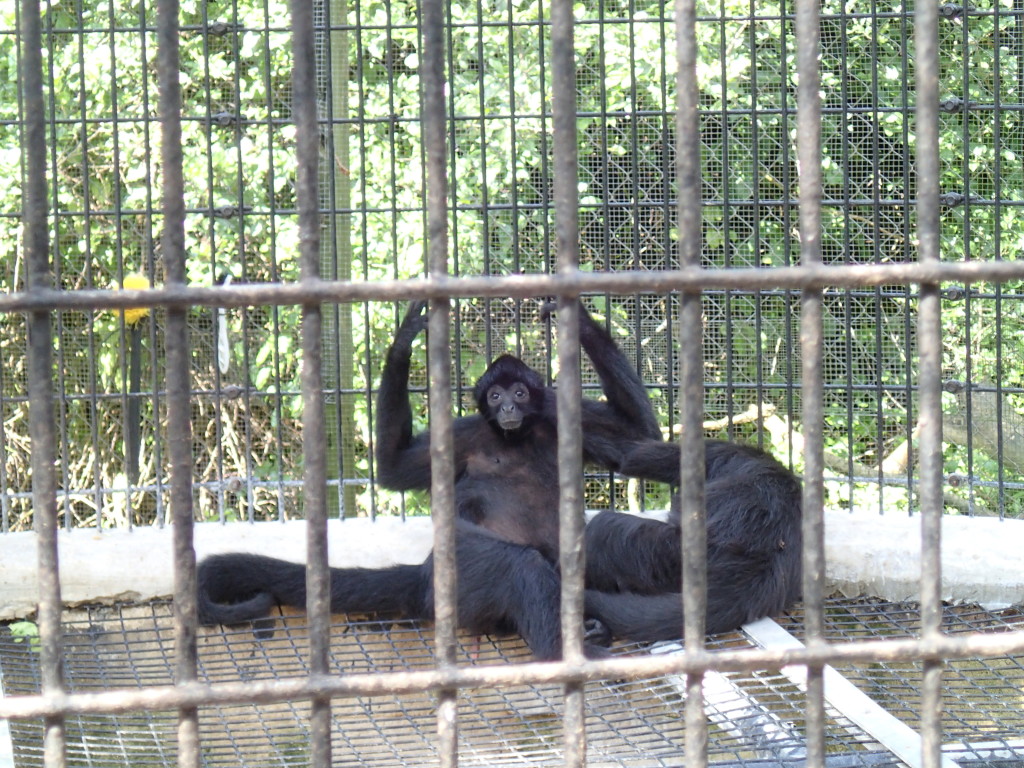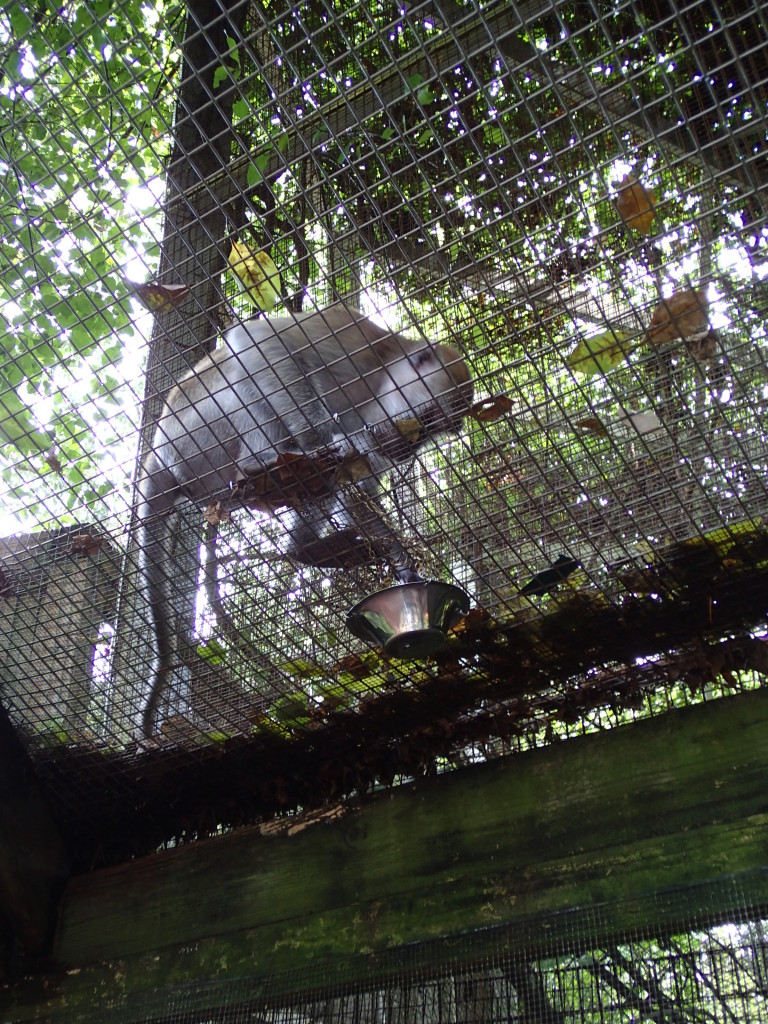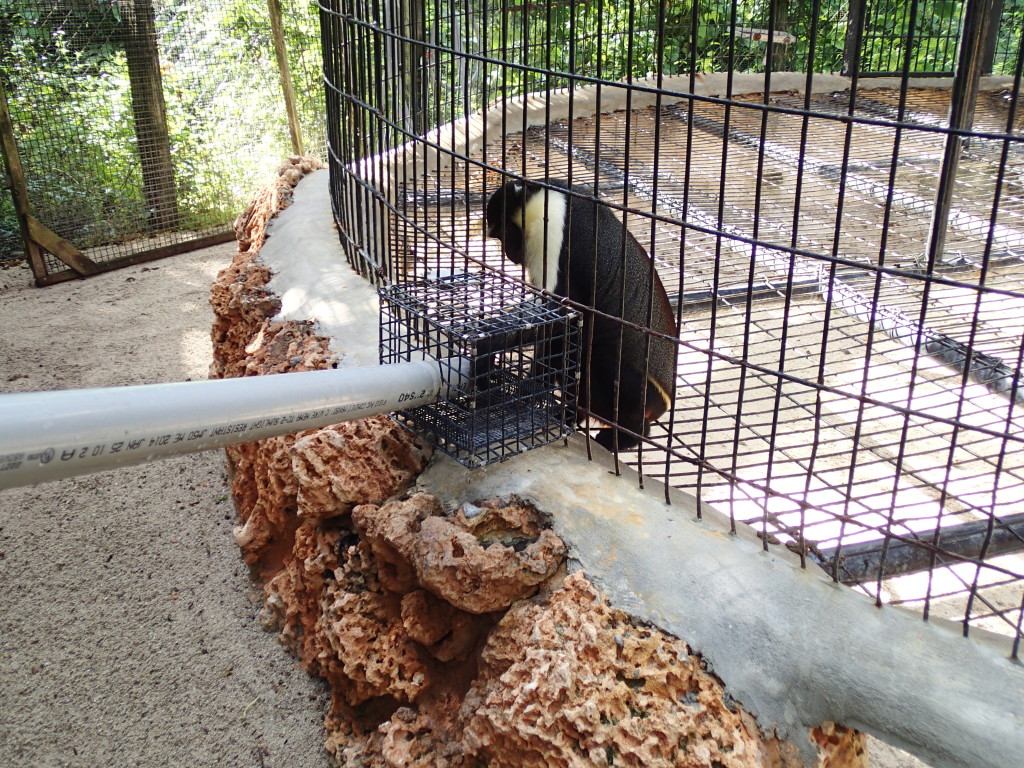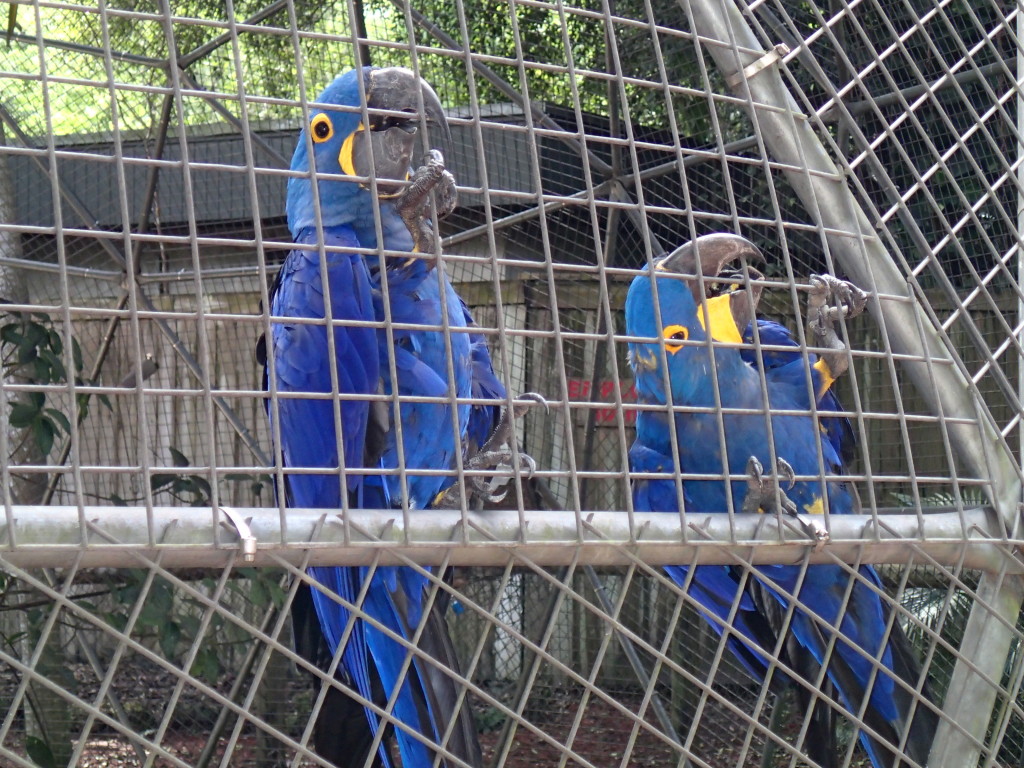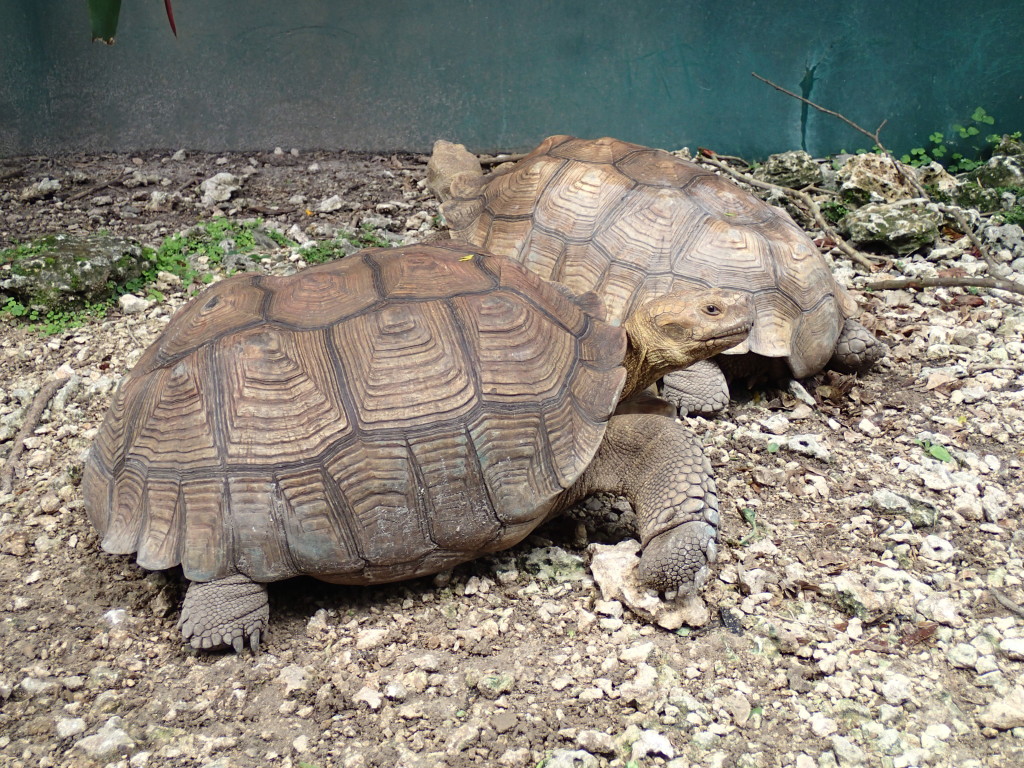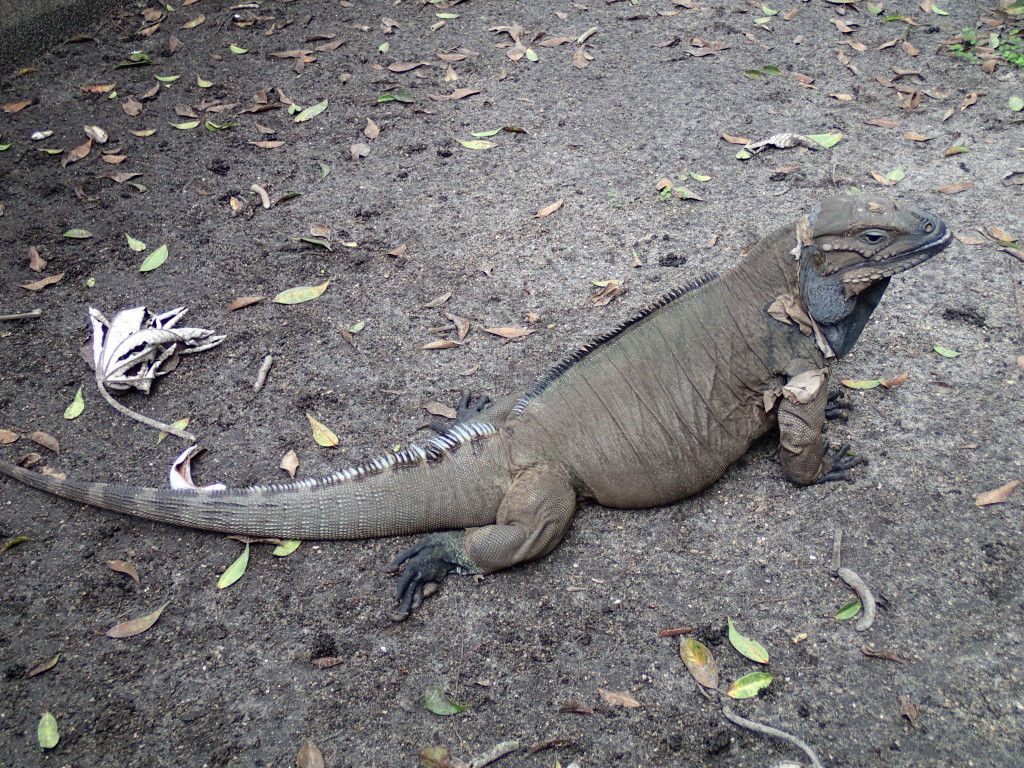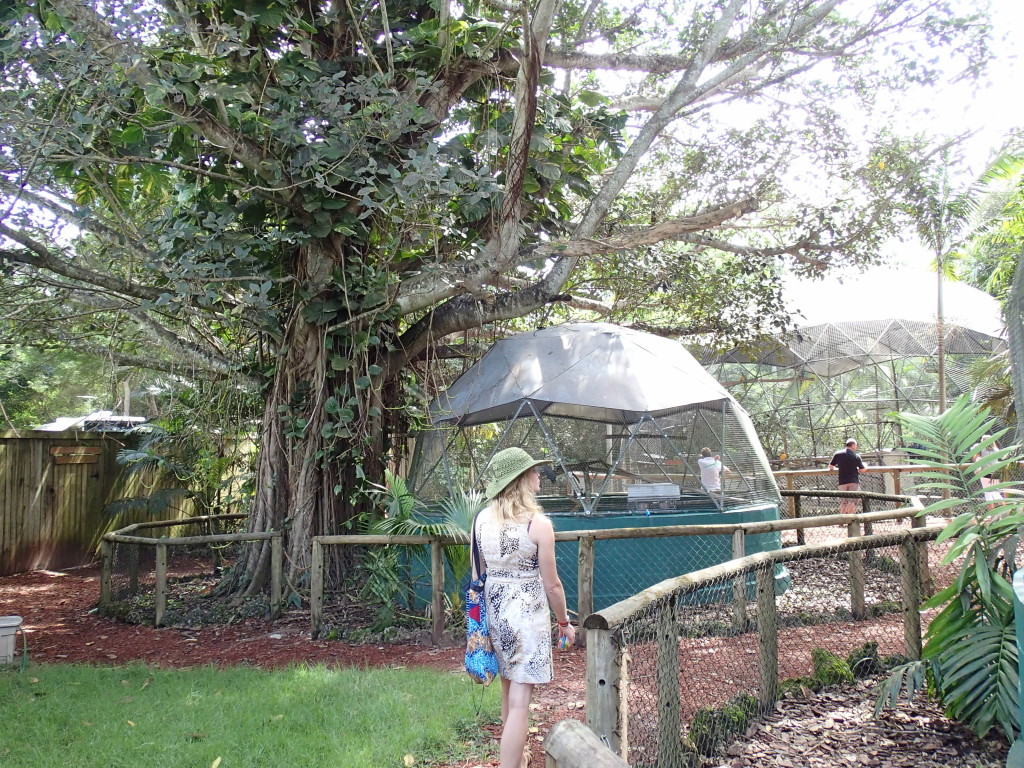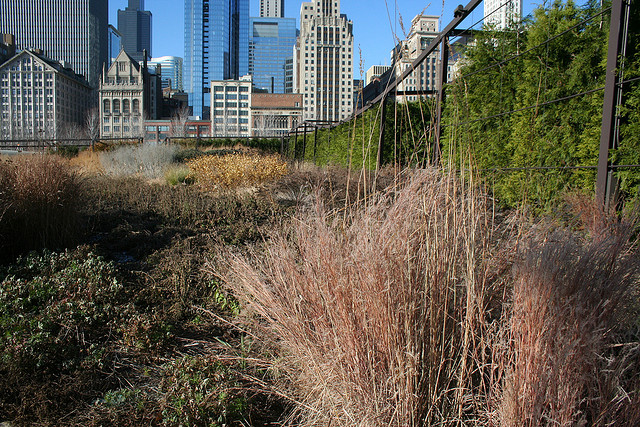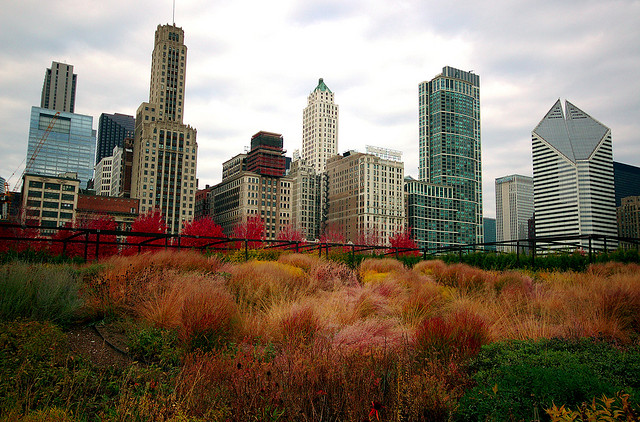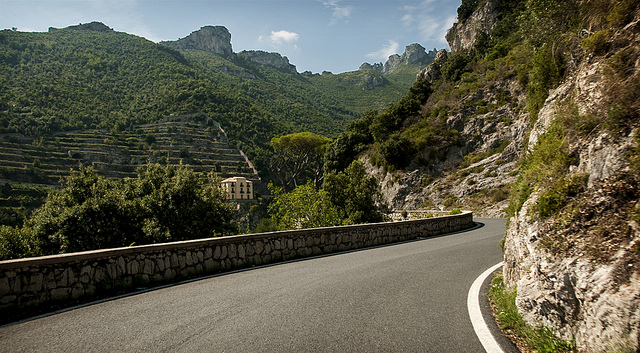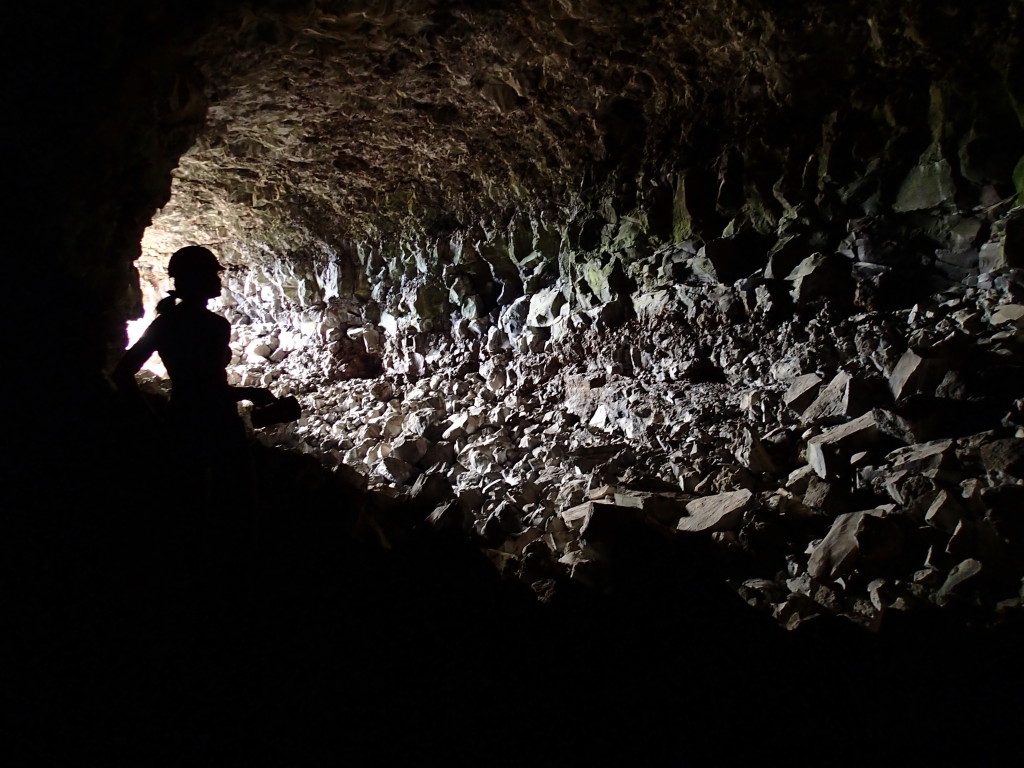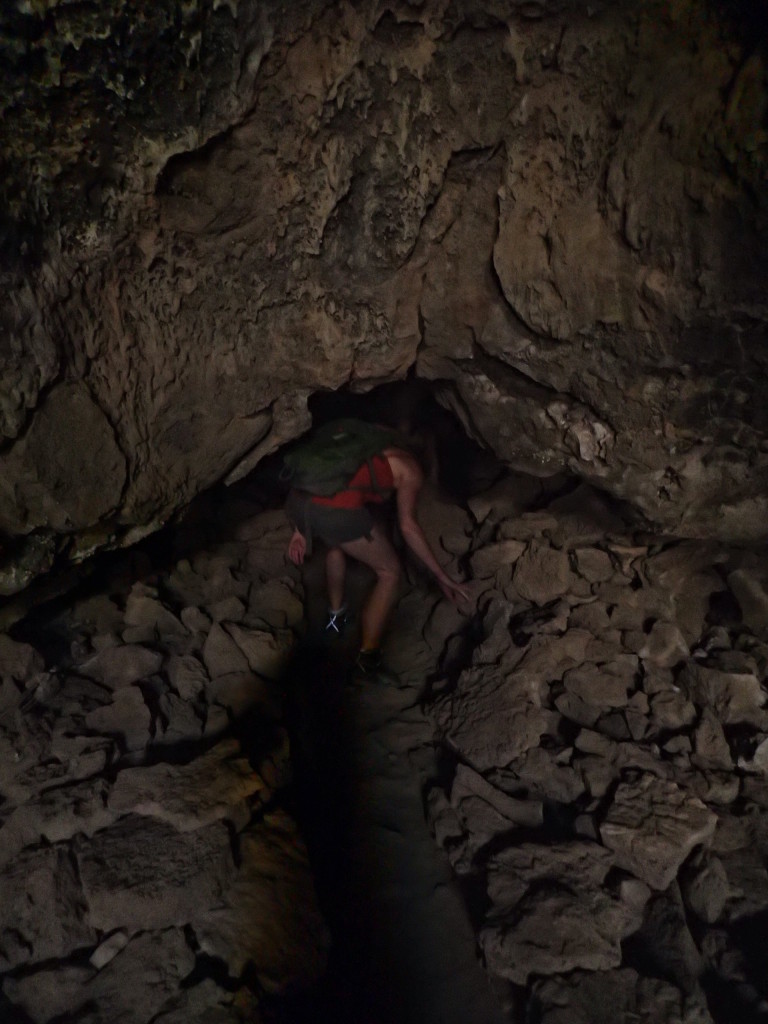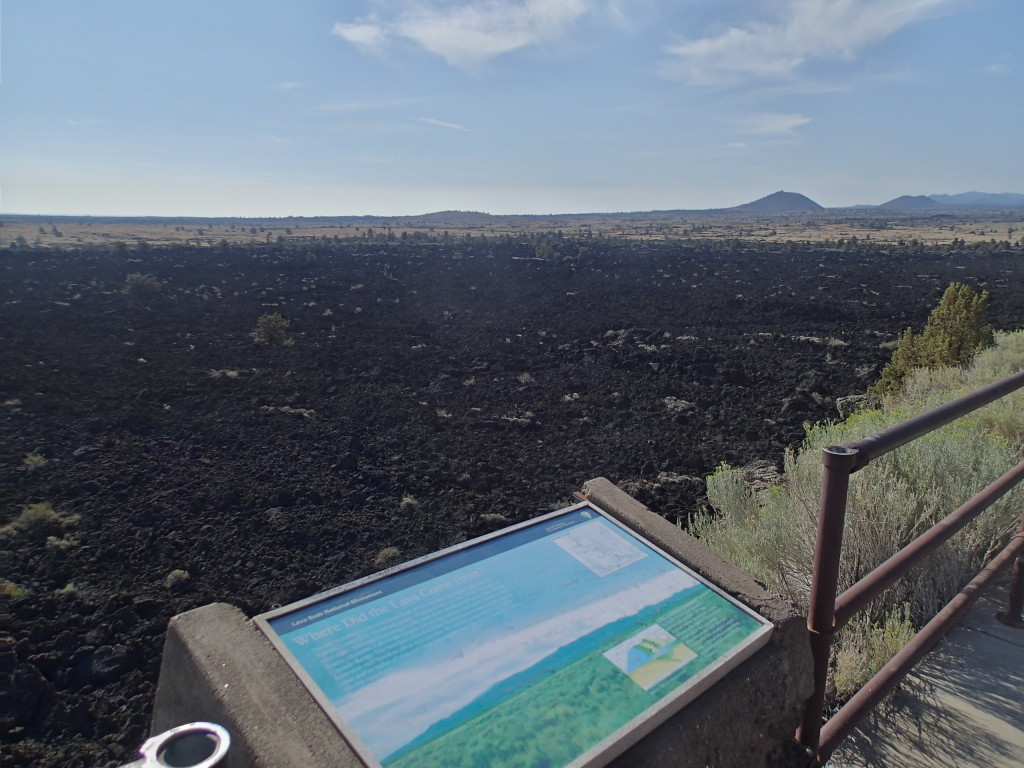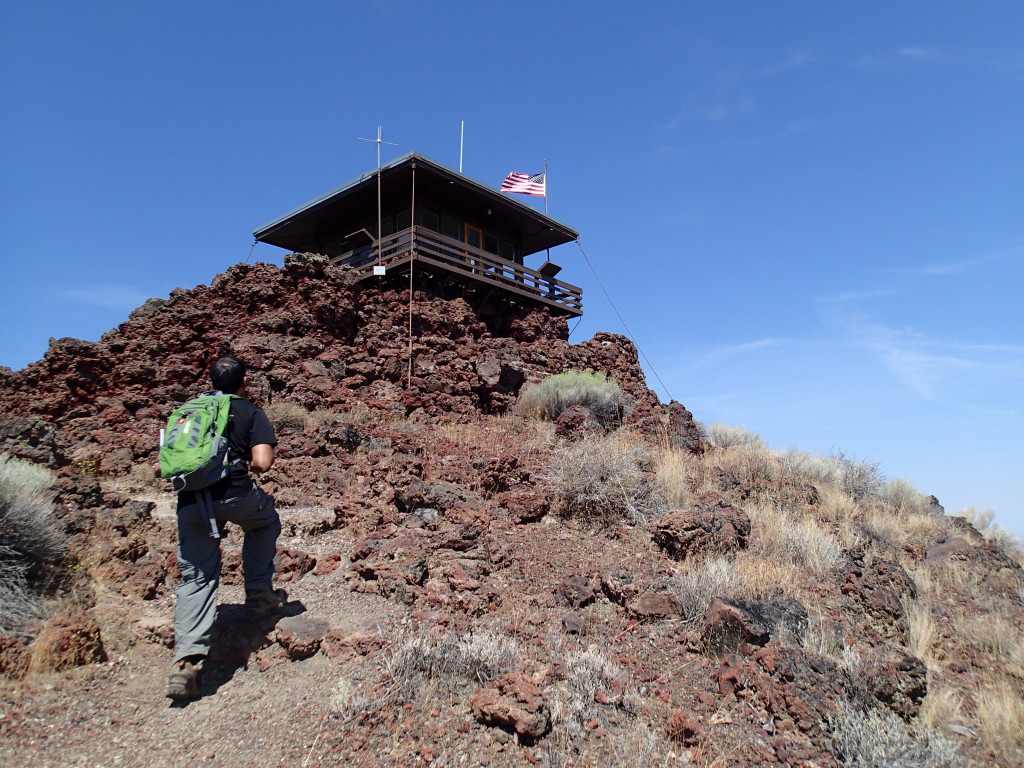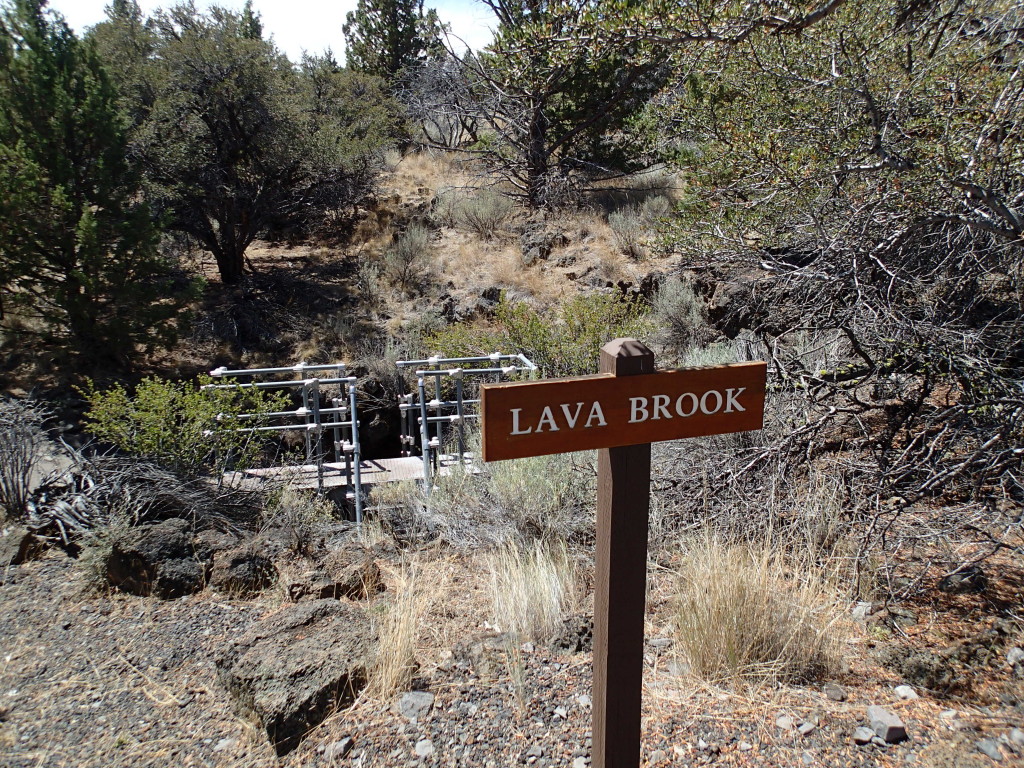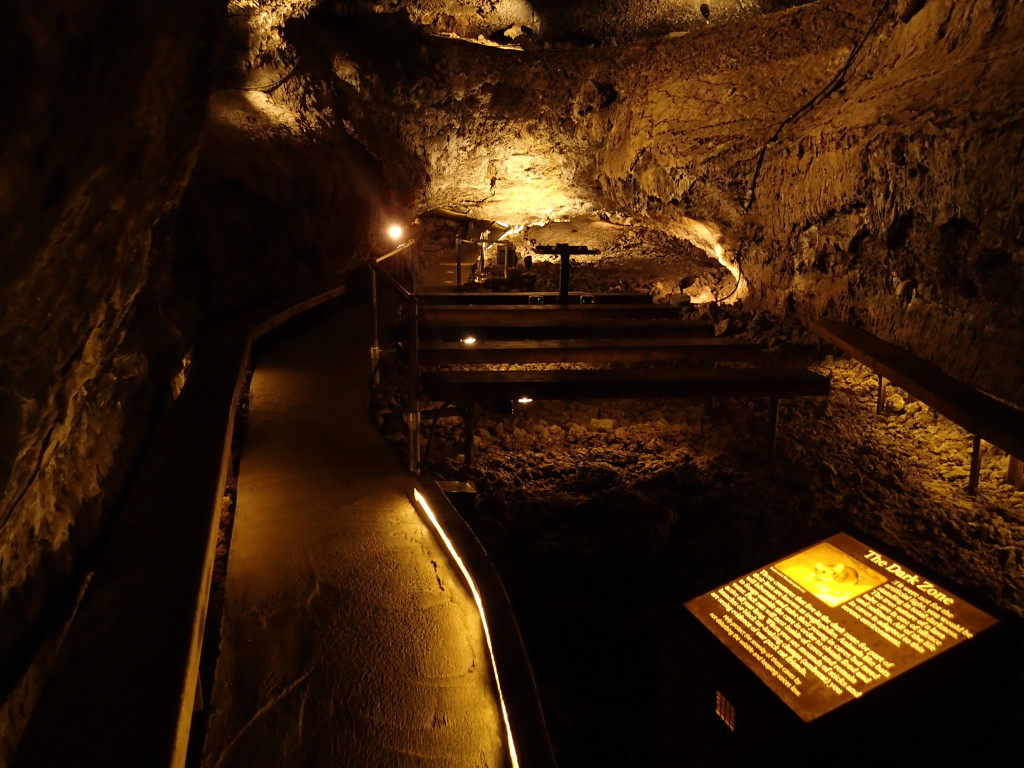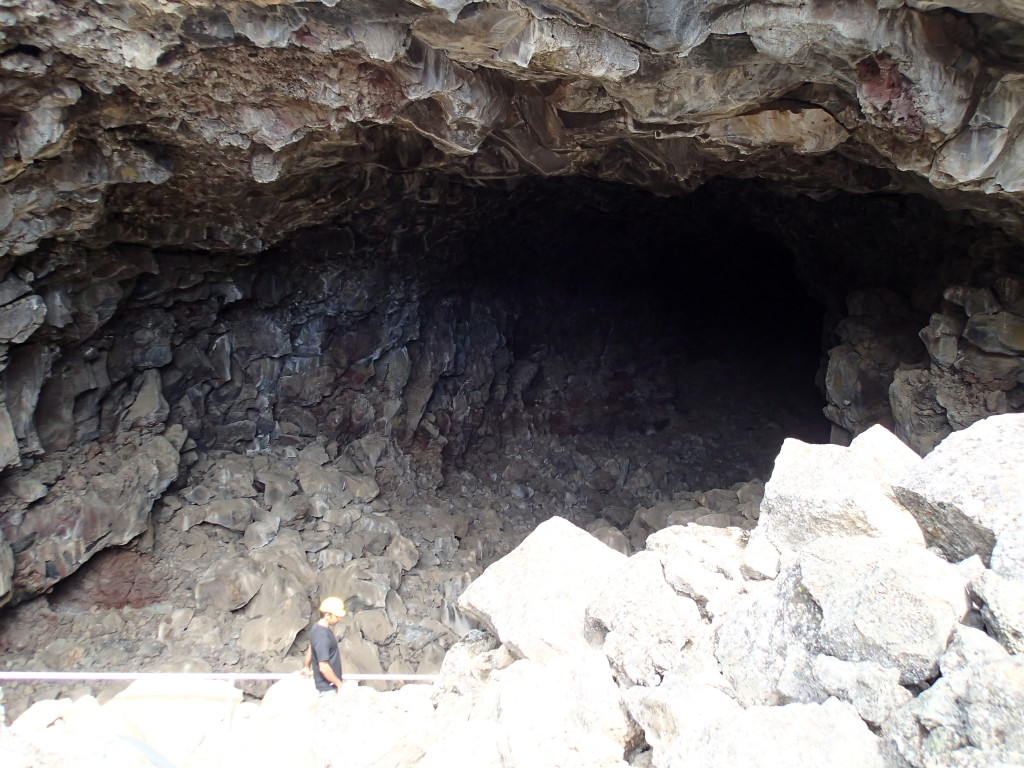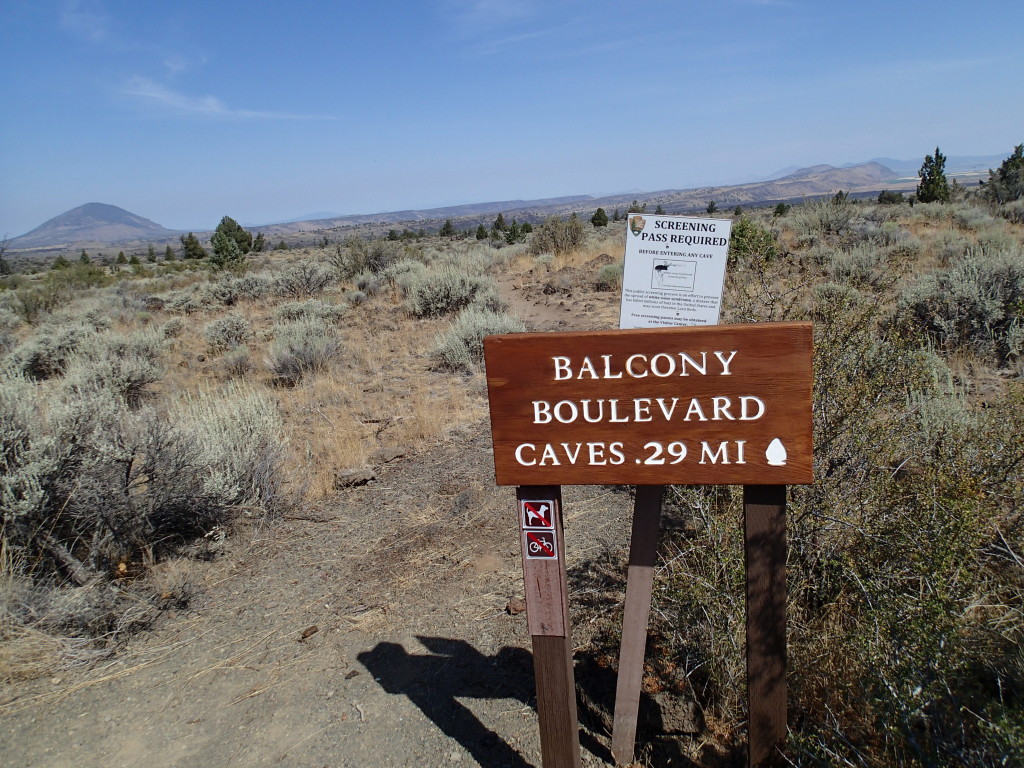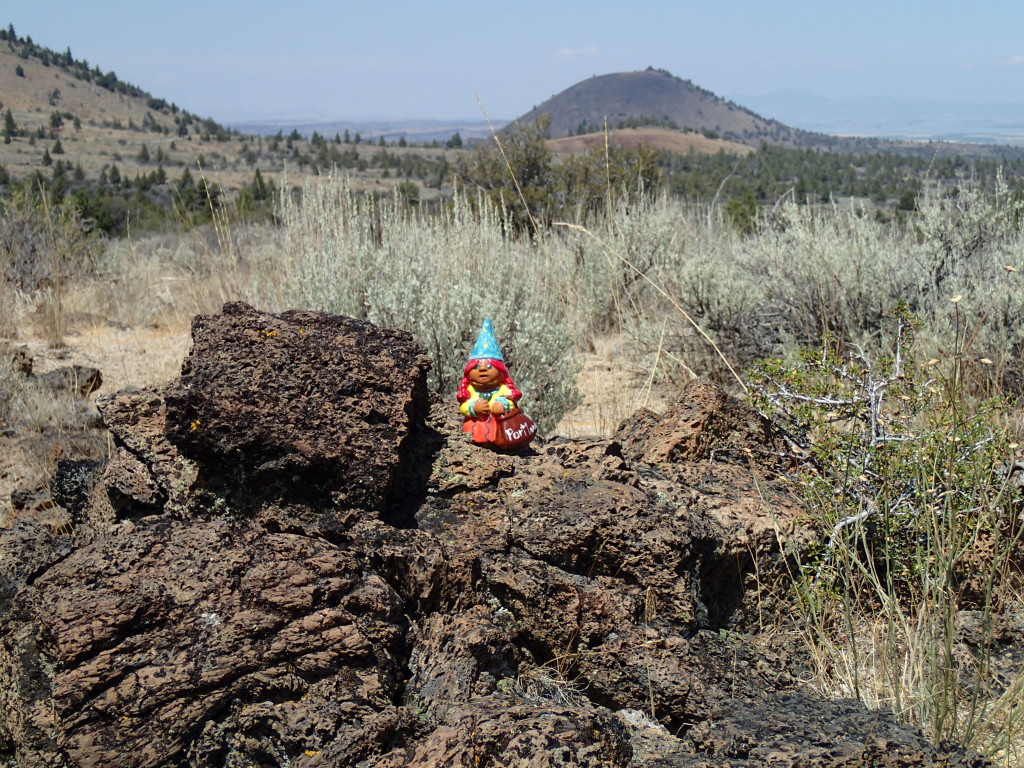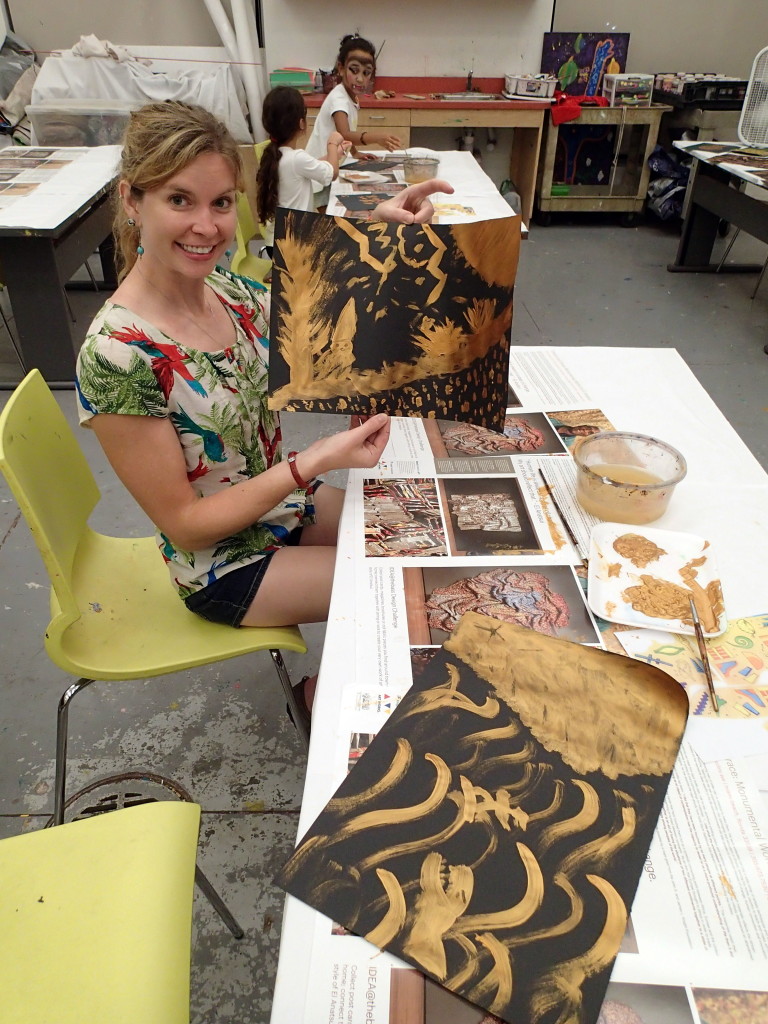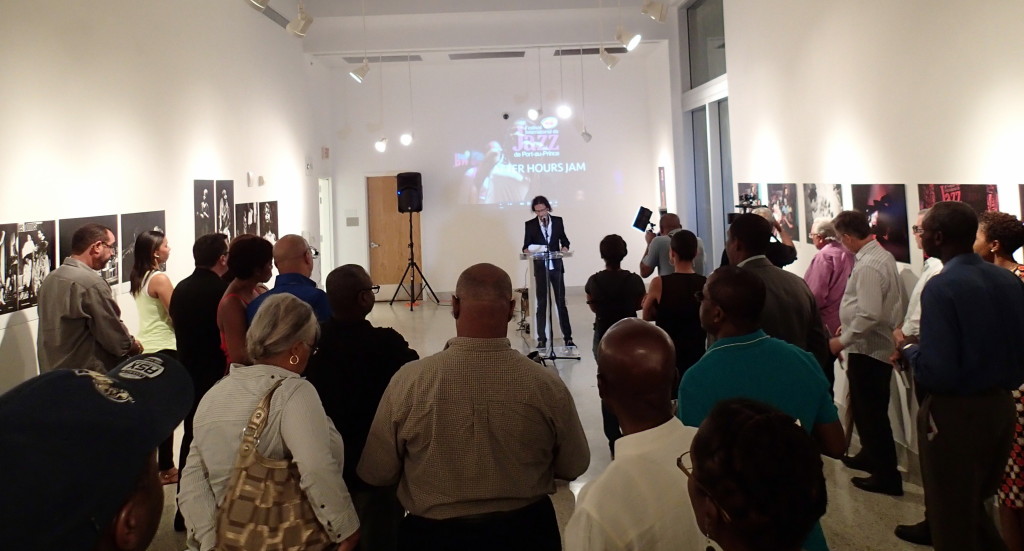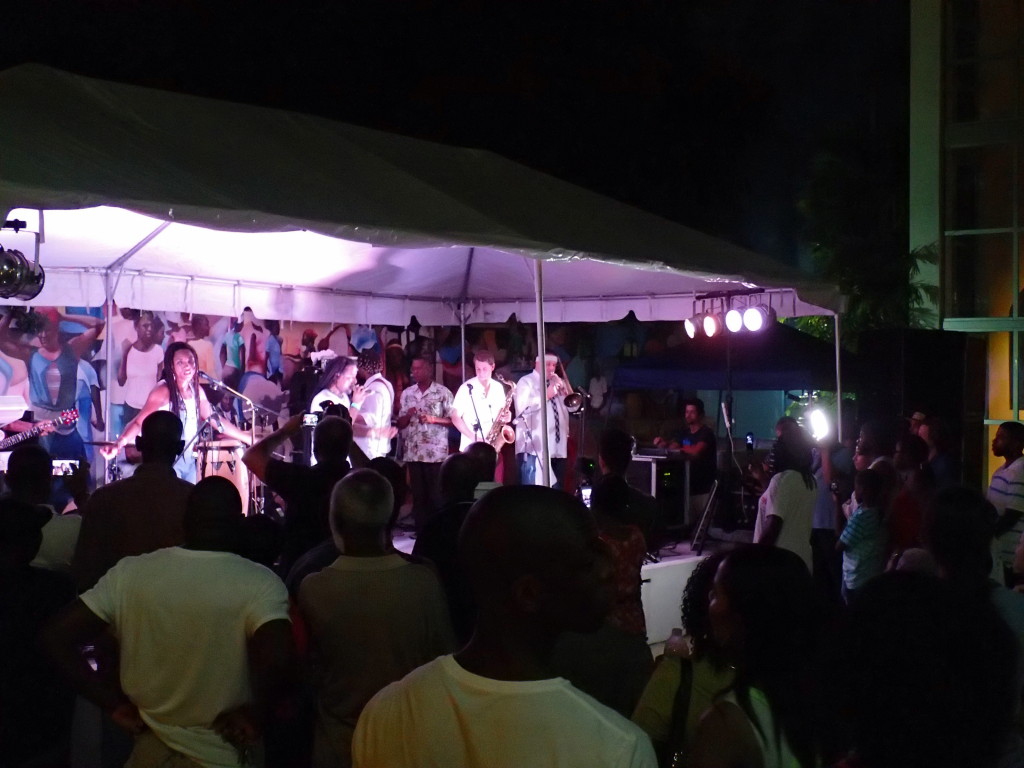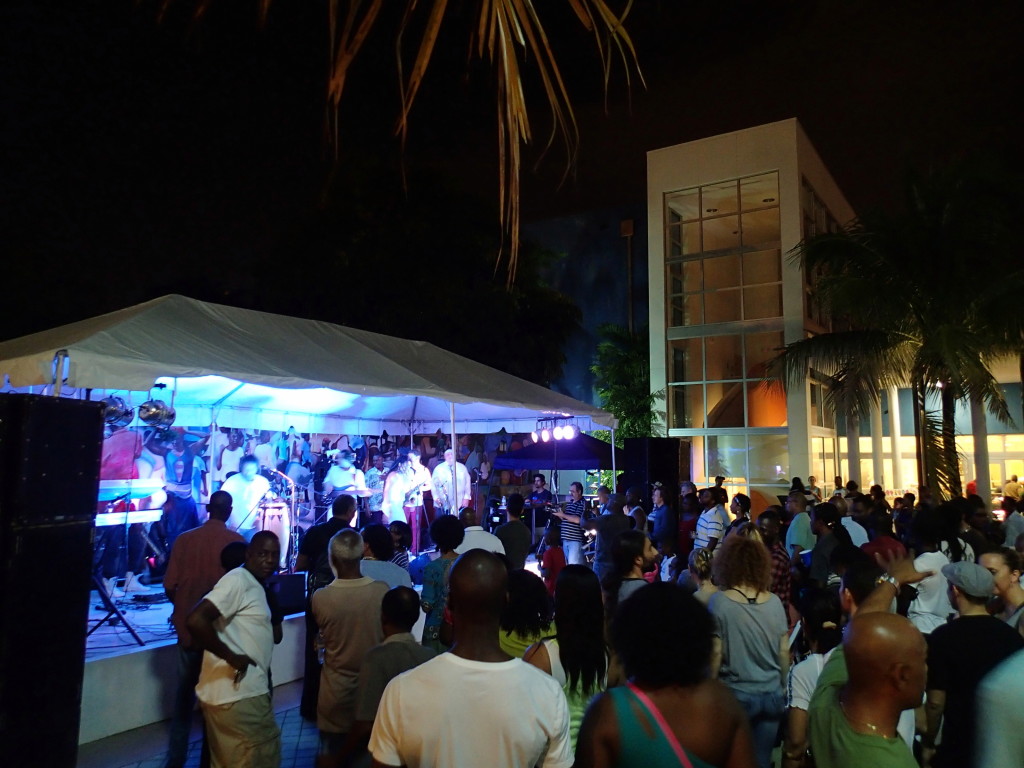I’ve tasted tasty brews in many odd places in my day, but a recent trip to Michigan revealed a new brew stop that I was just dying to try out.
Brewery Vivant, located in Grand Rapids, Michigan, is located in what used to be a funeral chapel. Too morbid? I think not.
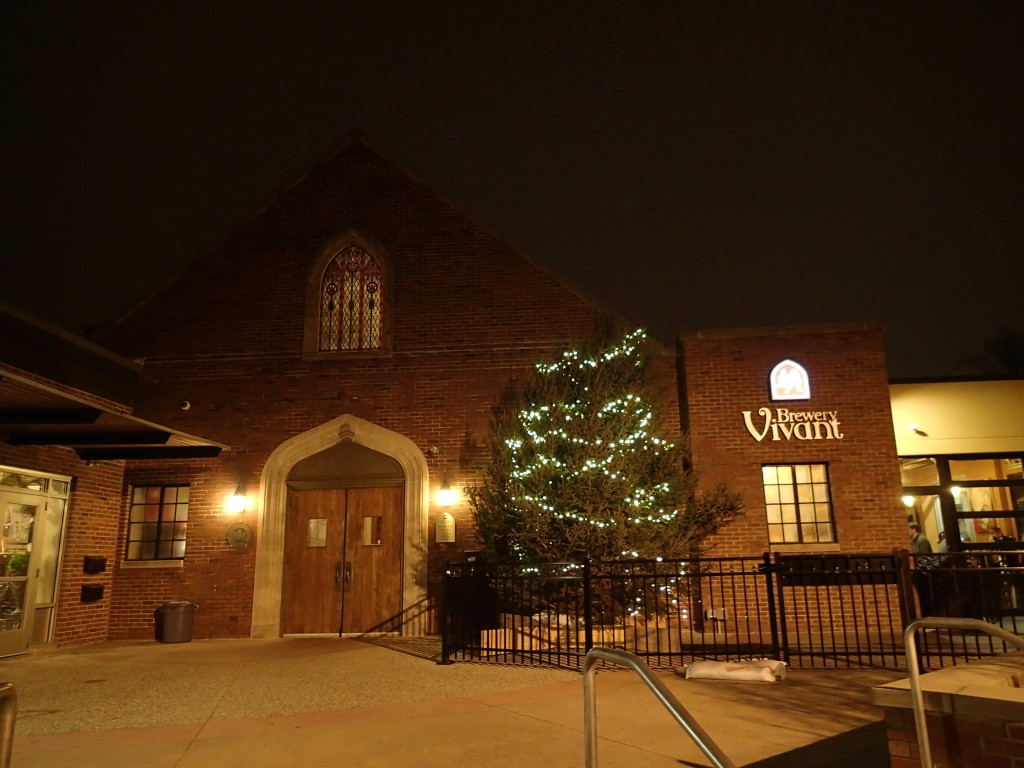 Jason Spaulding is the President of Brewery Vivant and he opened the super-popular New Holland Brewing Company in 1997. He later attended the Doemens Brewing Academy in Munich, Germany and traveled around Southern Belgium learning from other breweries along the way.
Jason Spaulding is the President of Brewery Vivant and he opened the super-popular New Holland Brewing Company in 1997. He later attended the Doemens Brewing Academy in Munich, Germany and traveled around Southern Belgium learning from other breweries along the way.
After returning to Michigan, a funeral chapel seemed like the perfect spot for a new brewery. This particular part of Grand Rapids is nicely walkable/bikeable with easy parking on side streets nearby.
 Brewery Vivant was designed to remain small and specialized. It has a Belgian beer theme, which is what drew me here in the first place. Well that, and the possibility of chatting up the haunting spirits of wise Belgian brewing monks.
Brewery Vivant was designed to remain small and specialized. It has a Belgian beer theme, which is what drew me here in the first place. Well that, and the possibility of chatting up the haunting spirits of wise Belgian brewing monks.
 I stopped by early on a Friday evening and the place was already packed. There was a wait for a table, but since I just wanted to sample some brews, I made my way back to the less-crowded tasting room. Standing up to sip at the barrel tables was just what I needed after a long car ride.
I stopped by early on a Friday evening and the place was already packed. There was a wait for a table, but since I just wanted to sample some brews, I made my way back to the less-crowded tasting room. Standing up to sip at the barrel tables was just what I needed after a long car ride.
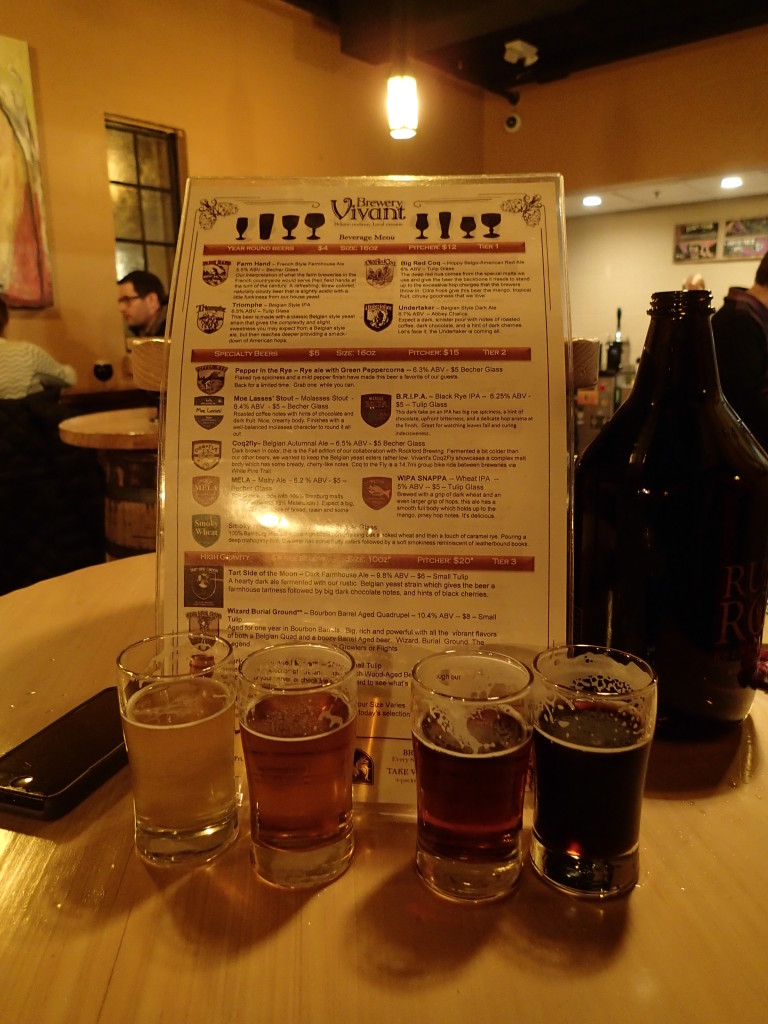 Brewery Vivant has a 20-barrel brew kettle, several 20, 40, and 60-barrel fermentation tanks, and a couple maturation tanks. The brewers have been producing between 1,600 and 2,000 barrels in recent years.
Brewery Vivant has a 20-barrel brew kettle, several 20, 40, and 60-barrel fermentation tanks, and a couple maturation tanks. The brewers have been producing between 1,600 and 2,000 barrels in recent years.
As typical, I ordered a flight to sample what these monkish types had to offer. Flights were a bit pricey in my opinion – $10 for 4 of their standard brews or $12 for your choice of 4. The standard brews included a French-style Farmhouse Ale, a Belgian-style IPA, a Hoppy Belgo-American Red Ale, and a Belgian-style Dark Ale.
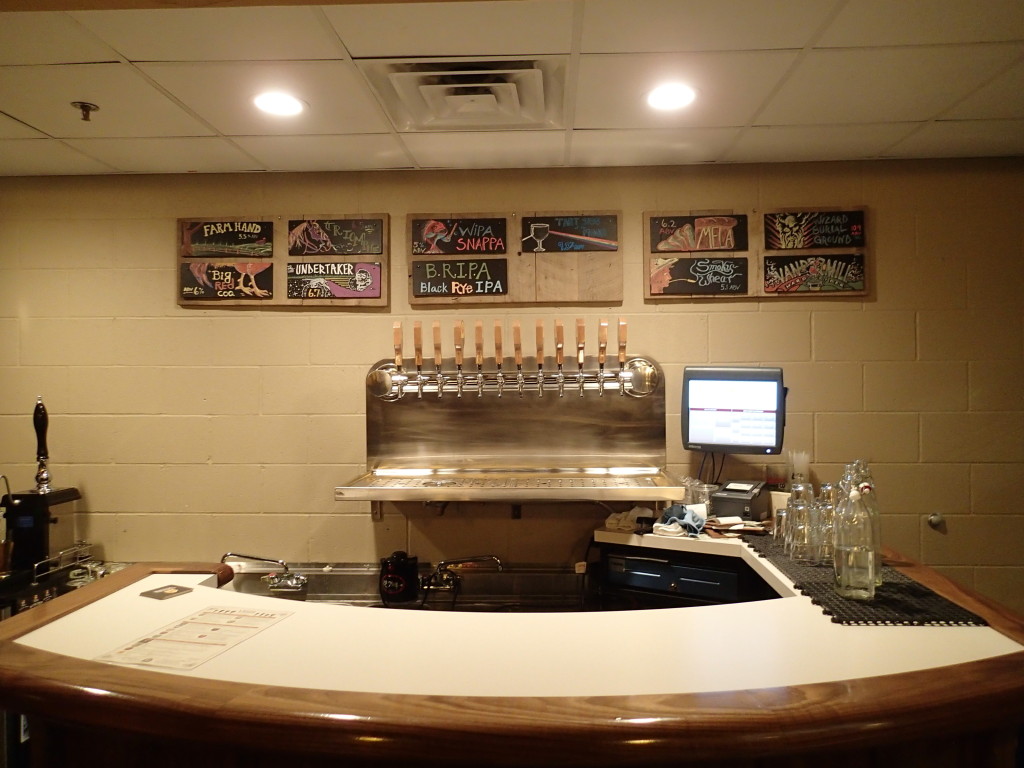
Triomphe, the IPA, and Undertaker, the Dark Ale, got my top two votes. To switch it up, I tried the Smoky Wheat, however, it really didn’t have the smokiness I was looking for at all. Pepper in the Rye was also drinkable, but not too memorable.
Slow jams played softly on the radio and lured me into filling a growler to accompany me back to the hotel. My growler fill of choice was the Triomphe Belgian IPA – refreshing with just enough full-bodied, hoppy flavor.
The main bar eerily resembled an alter, with a stained glass window as the centerpiece and a total church-like vibe. Although it was admittedly an intriguing use of space, I failed to encounter a single haunting experience. Perhaps it wasn’t the right cycle of the moon.
Funeral accommodations are turning into some of the most interesting food and drink establishments lately it seems. My family actually celebrated Easter a couple years ago by making lunch reservations at a funeral-home-turned-restaurant. Needless to say, some family members of younger years were more comfortable with the arrangement than others!
A couple people on Yelp raved about the bathroom sinks, which I found a bit odd. They’re the kind of sinks that look like a long slab of marble – or virtually no sink at all. A little unique, but I wouldn’t show up for the sink if you’re not a beer fan to begin with.
Grand Rapids is actually an awesome place to visit for craft beer fans – there’s Founders, HopCat , Harmony, Elk, Mitten, Hideout, B.O.B., the Grand Rapids Brewing Company in town as well. I’ve hit up a couple of these while passing through the area over the years, and I can’t recall much in the way of disappointment. And actually, in the last couple years it’s won a bunch of awards for being a top American beer town.
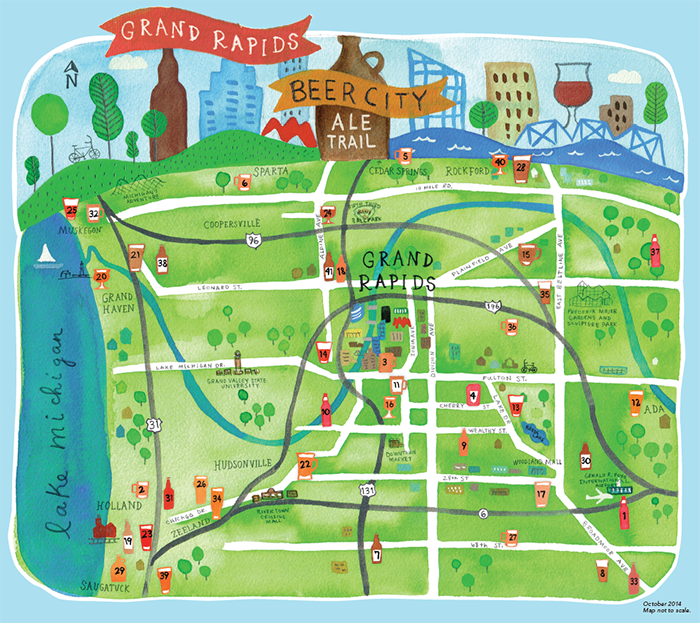 Here’s an ale trail map to guide you. Who needs GPS when you have cartoon pints in all directions?
Here’s an ale trail map to guide you. Who needs GPS when you have cartoon pints in all directions?

